We’d tried to visit earlier but been turned away, the site was closed due to the high risk of wildfires. But today, touch wood, the situation appeared safer and we were allowed inside. And maybe because we’d already been denied access once, this second attempt seemed especially privileged, so please excuse me if I go on a bit. This felt like my ideal habitat, the dappled light and the ancient stones, it was a natural sculpture trail, so it’s really no surprise I took far too many photographs.
The trail leads through a magnificent unspoilt landscape of Mediterranean forest to the ‘Casteddu’ de Cucuruzzu, one of the twenty or so ‘casteddi’ (hill forts) discovered in Corsica, for the most part in the south of the island.
Collectivité territoriale de Corse: Cucuruzzu
Up on the 2,400ft plateau, the Pianu de Levie, high over the valleys of the Rizzanèse and Fiumicicoli, is Corsica’s most important and beautiful archaeological site after Filitosa, the Casteddu de Cucuruzzu et Site Archéologique de Capula, recently classified by UNESCO as a World Heritage Site. To get there by car follow the road to Ste-Lucie for 3.5km and turn right up a narrow track; on foot, take the orange-marked path from the fountain, which cuts out most of the road. From the Maison d’Accueil, a 15min walk under a canopy of trees acts as a time tunnel, taking you into the primordial past of oak and granite before you reach Cucuruzzu.
Dana Facaros & Michael Pauls: Corsica
We surrendered to the embrace of the stones and the trees and let them roll us down to Cucuruzzu.
We came rolling and tumbling down the dappled path,
speckled like fishes slipping between stones in the liquid light.
After a short climb we arrived at Cucuruzzu…
The entrance to the ‘casteddu’ lies amidst a massive split granite boulder, either side of which are megalithic stone walls, 5m high and some 3m thick, whose smooth rounded stones form an arched curvilinear enclosure, and whose alcoves were probably reserved for daily chores (such as pottery, weaving and butchering). To the left of the entrance pottery and the remains of grain have been found in recesses that no doubt were used for storage.
Occupying a rocky granite spur overlooking the northern slopes of the Levie plateau, the ensemble dates from the Bronze Age (2nd-1st millennium BC). The village, arising from a number of natural terraces and stone huts enclosed by a protective wall, extended below and to the northeast of the ‘casteddu’.
Collectivité territoriale de Corse: Cucuruzzu
This is one of the most elaborate of all Torréen ‘casteddi’, a summer settlement founded on a spur in c.1500BC and used until the Iron Age, c.700BC. It consists of a walled ‘enciente’ made of huge boulders and an upper ‘torre’ oriented towards the east, and a village of stone huts. Access was limited to a steep narrow stair, designed to foil intruders. The walls are fortified with casements and have gaps in them for archers. The tower has two doorways under massive lintels that lead into a single room, which retains its original vault. A necropolis was discovered, with signs of hearths; nearby was an ossuary, where it appears bones were deposited to make room for new burials. Climb to the top for a wonderful view across to the Aiguilles de Bavella.
Dana Facaros & Michael Pauls: Corsica
Twenty minutes further you will be able to discover the Capula fortress remains, which date from the Middle Ages.
Collectivité territoriale de Corse: Cucuruzzu
The visit continues to Capula, 20 minutes away, set on a hill covered with giant oaks, in another magnificent landscape, where a passing druid wouldn’t look out of place.
Dana Facaros & Michael Pauls: Corsica
The path led us down to the hollow of a dry river bed, a natural meeting place, then up the other side.
Wood and stone surround us, bathed in dappled light.
The trees form a protecting veil where time moves more slowly, caught in the net of branches.
Originally a Bronze Age ‘casteddu’ like Cucuruzzu, Capula was inhabited from 1800 BC. In the 10th century, one Count Biancolacco converted it into a feudal castle, and it remained inhabited until 1259, when the Giudice di Cinarca ordered it to be dismantled to punish its headstrong owners.
A ramp suitable for horses leads into its high circular walls, a picturesque mix of prehistoric stone and medieval brick.
At the foot of the wall stands a headless statue-menhir; menhirs from the ancient site were reused to make the lintel, and there are signs of prehistoric metalworking in the area.
There are ruins of a 13th-century chapel of St-Laurent, and nearby stands a new one, built of the old stones after the First World War, and the site, on 9 August, of a yearly pilgrimage, picnic and traditional songs.
Dana Facaros & Michael Pauls: Corsica
It’s a place of mystery and wonder, but I’m not looking for answers, I just want to soak in its magic, to feel briefly a part of this ancient community of wood and stone and be blessed by its tree-filtered light.
Click on the image above to enlarge and join me in its panorama.
A mossy arena appeared spotlit before me, tiny plants erect in the sunshine…
Don’t wait for anything except for the ringing of the little bells on the edge of the forest
The giant stones watched as we passed by.
We arrived back at the entrance and found it closed. We were allowed to leave but no-one else was allowed to enter. There was a heightened risk of wildfires and the wardens were on high alert.
Earlier at Cucuruzzu I’d climbed up the rocks to get a better view of a distant cloud of smoke.
We left feeling especially grateful that we’d been able to visit these precious woods. As we drove away the sky became increasingly filled with smoke and with the echoing sound of approaching seaplanes.
Descending from the high plateau we could see wildfires burning on the far side of the valley beyond Ste-Lucie-de-Tallano, the bright orange flames flickering through the trees and the smoke.
We watched as the planes appeared over the crest of the hill and circled over the fire and dropped their cargoes of water onto the flames.
All the way down the valley we watched them as we drove home, as they appeared and disappeared then reappeared again, each time with fresh supplies of water.
From our house we watched as they came down over the beach at Propriano to scoop up the seawater and carry it back up the valley to the fire, in a circular trip that was repeated all through the afternoon.
Down and round and back up again, the constant drone of flying boats over the rooftops.
※
The planes continued flying until the sun went down. From our terrace we watched the sunset and then gradually the darkness was illuminated by a different kind of light show. It was August 15th, L’Assomption, a French public holiday to commemorate the Virgin Mary being taken up into Heaven, and also the birthday of Napoleon Bonaparte who was born just a few miles north from here in Ajaccio. So we watched as all the villages on the Golfe de Valinco, from Campomoro to the south and Porto-Pollo to the north, jointly celebrated the day with a 180º firework display all around the bay.


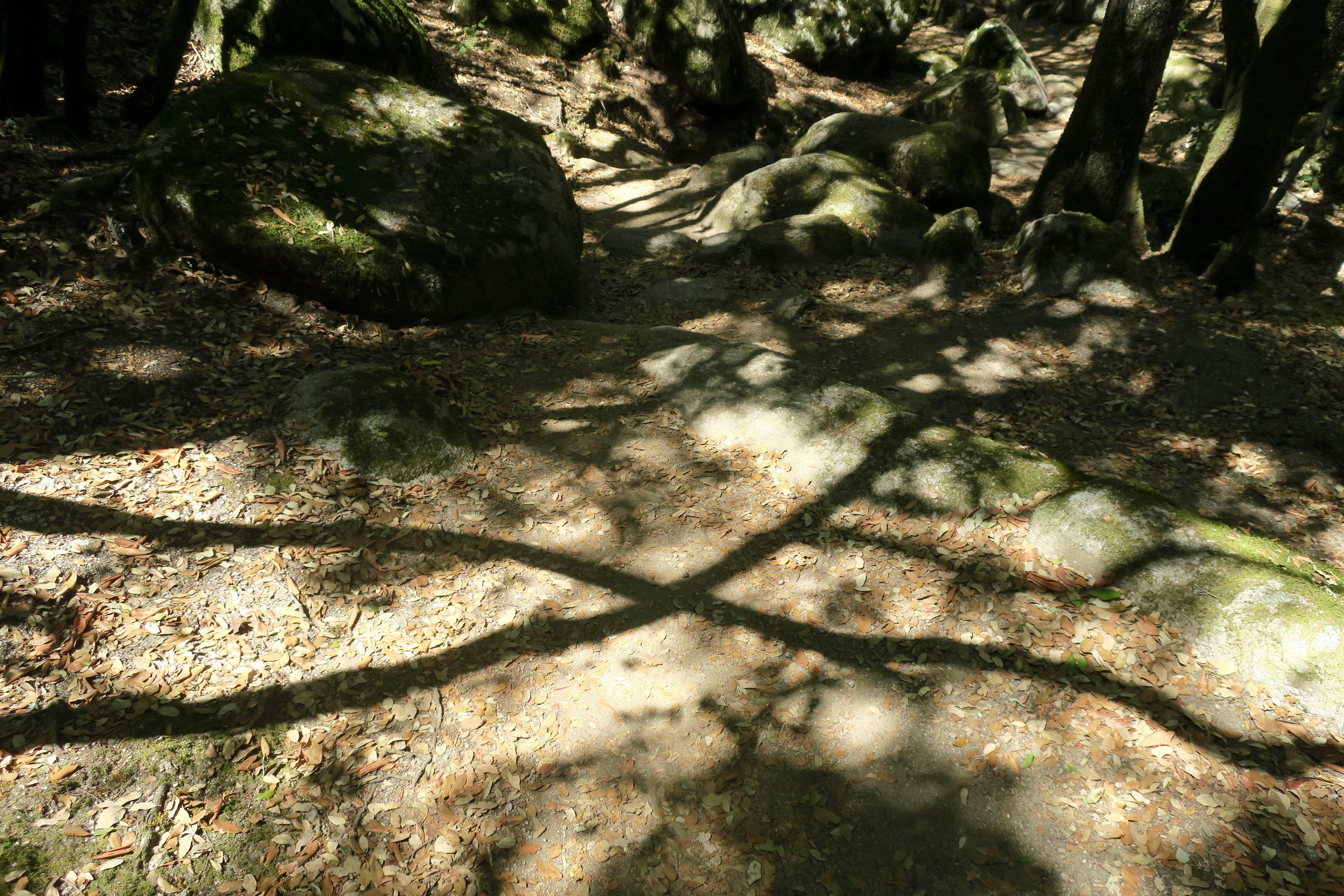

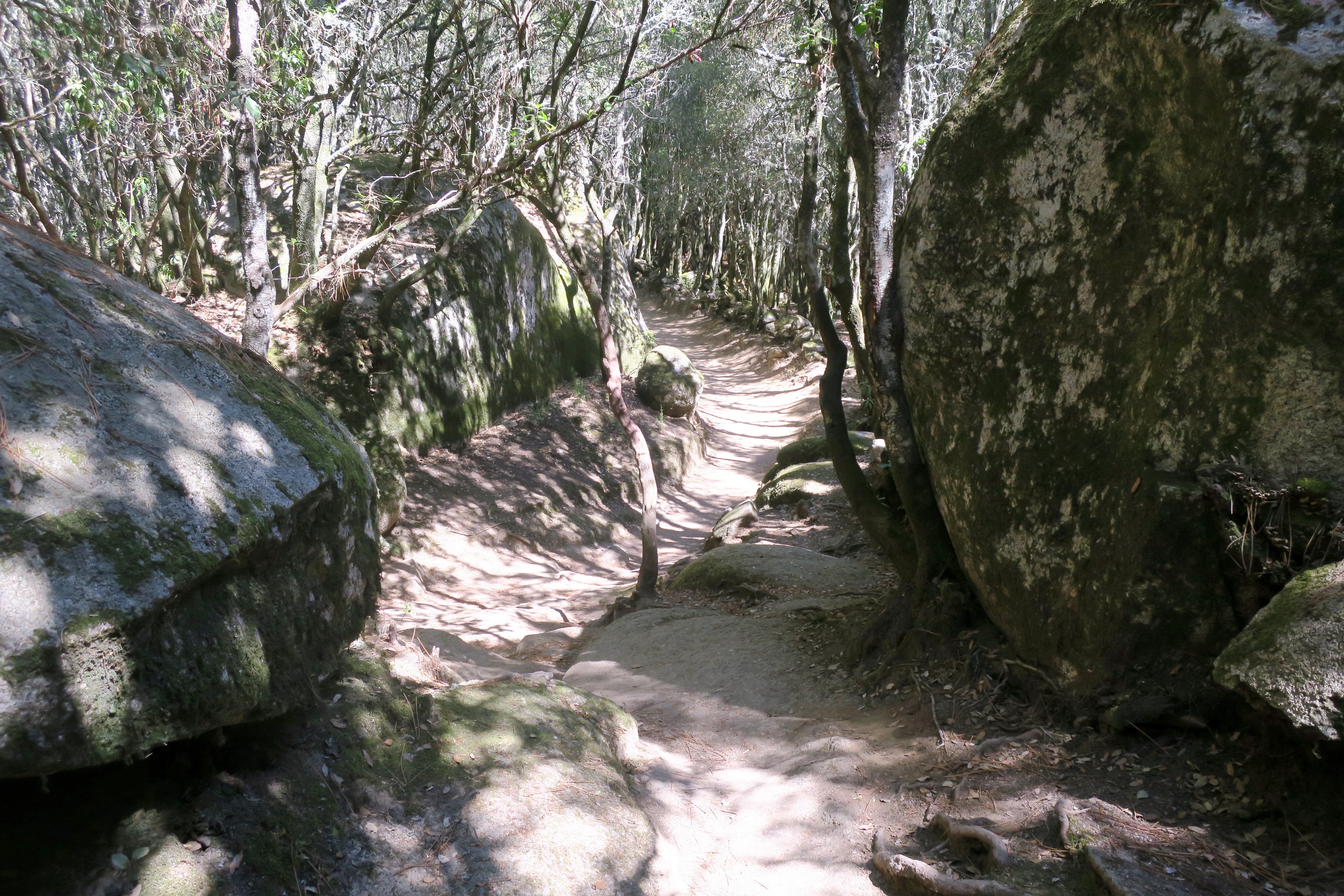

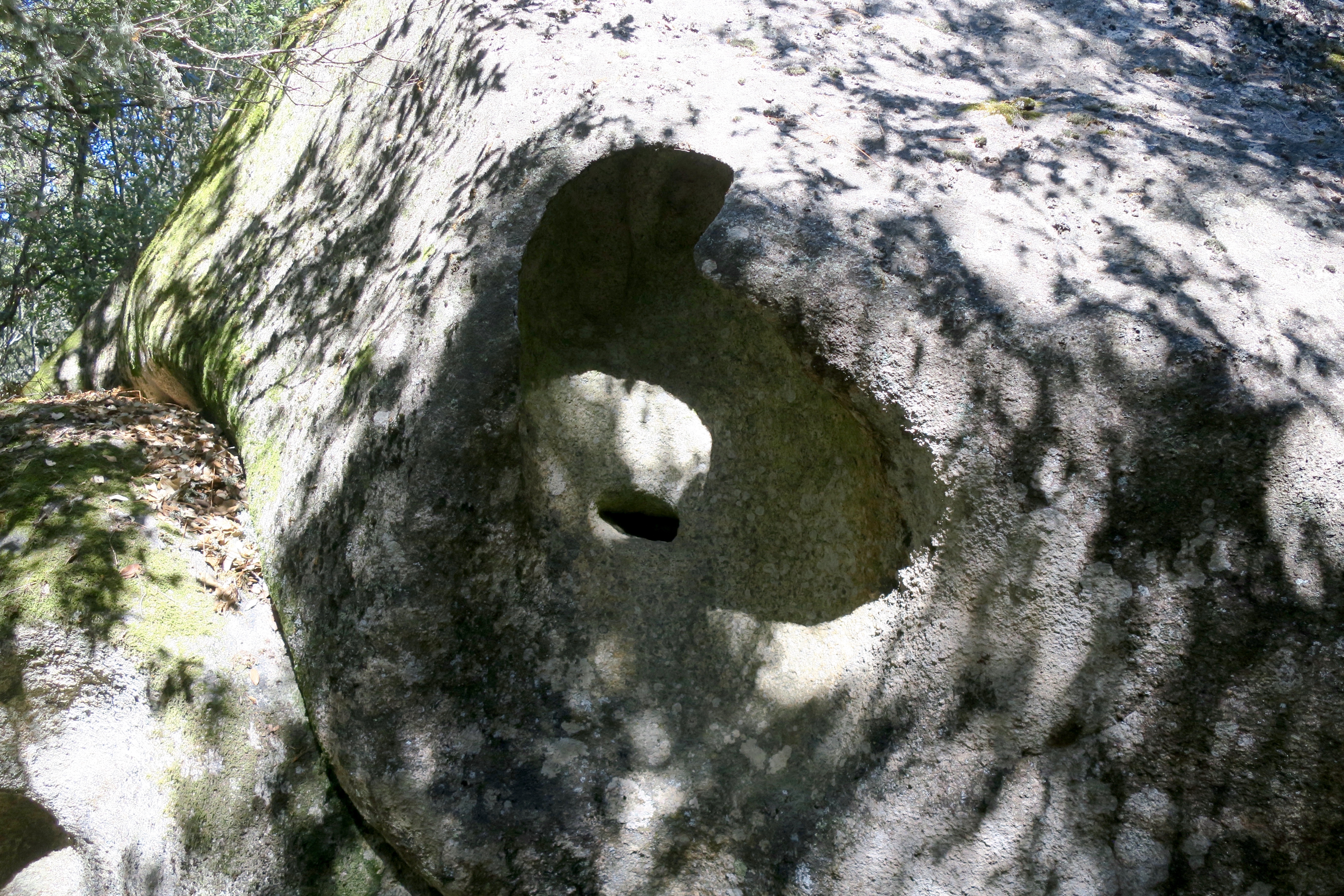


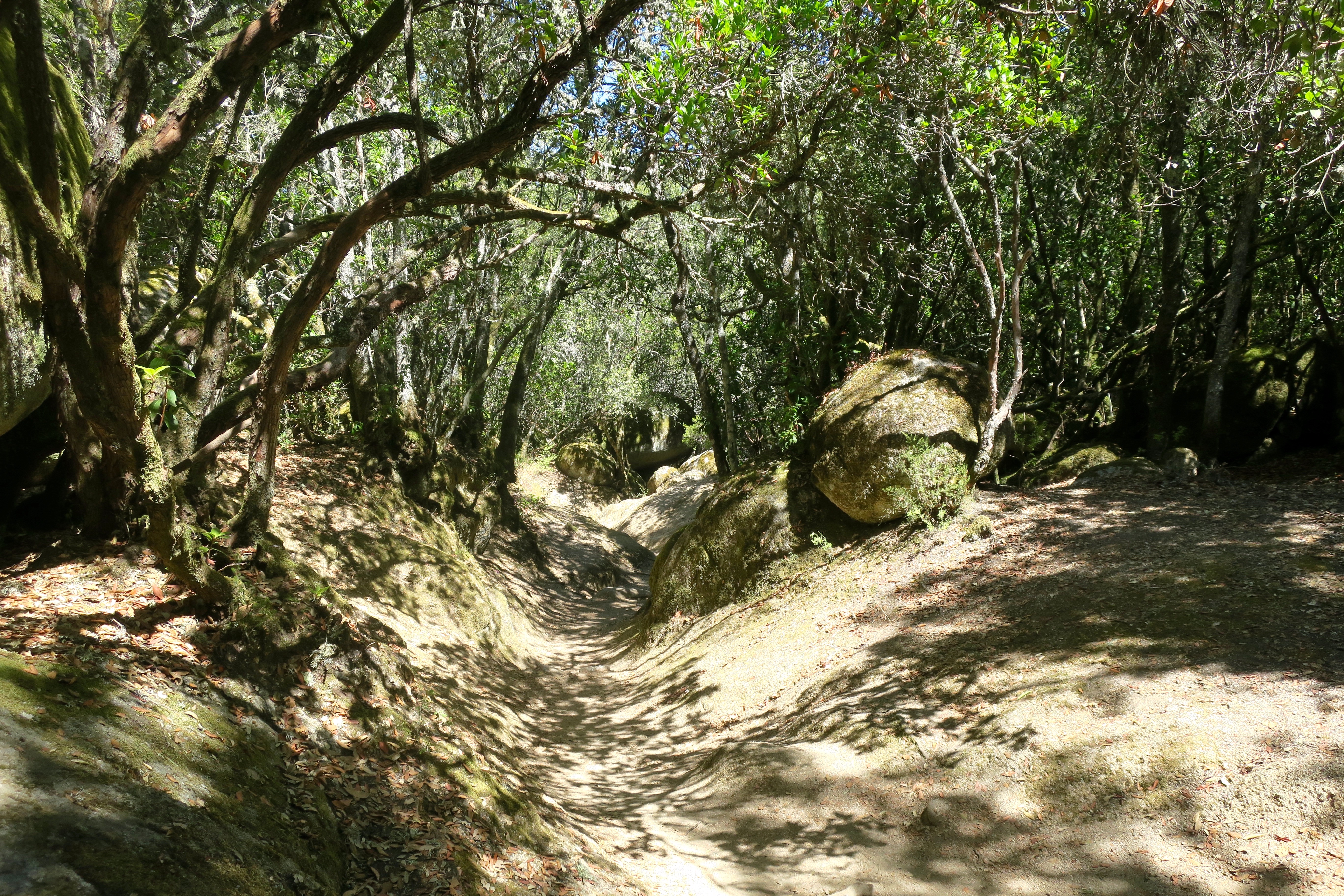


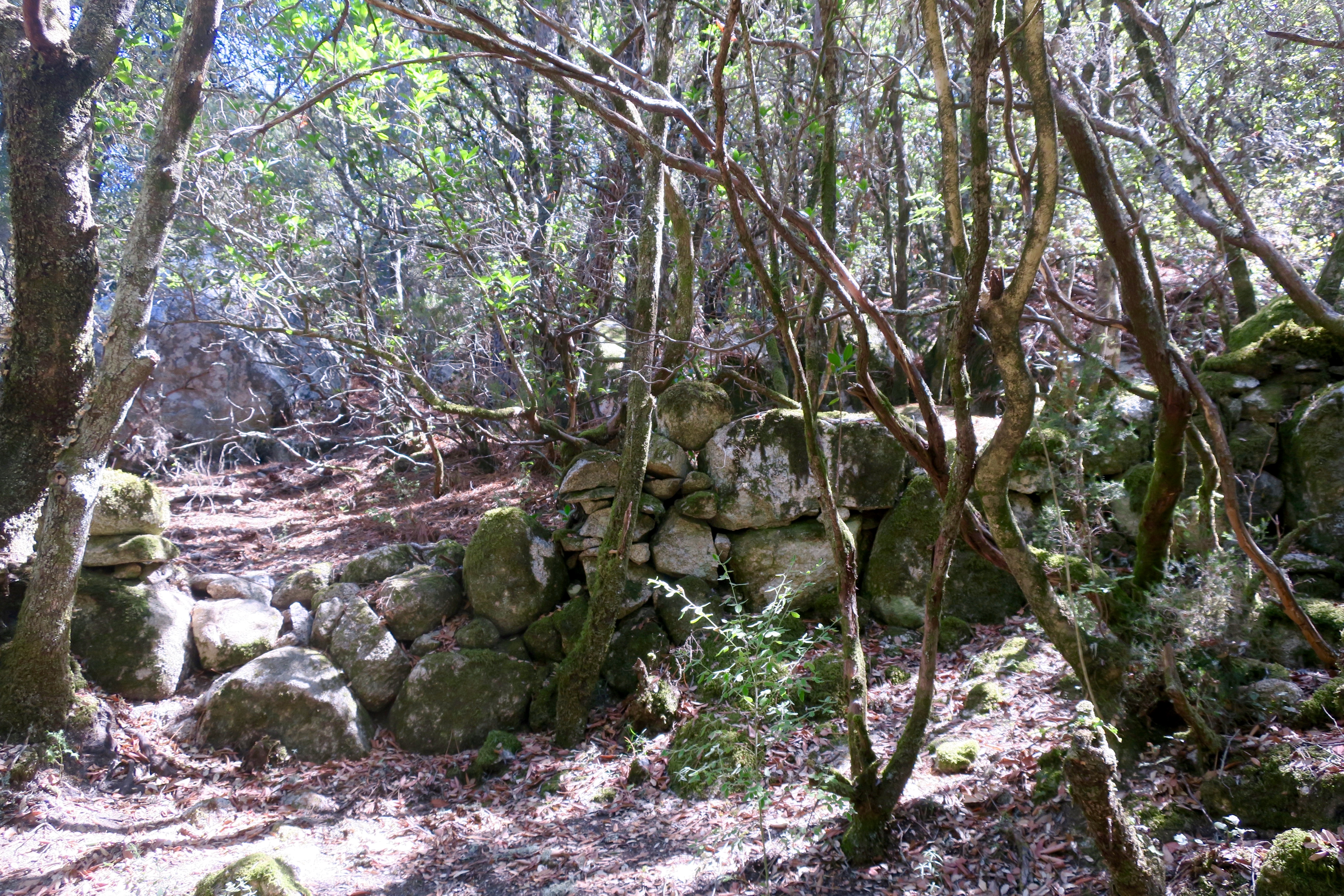
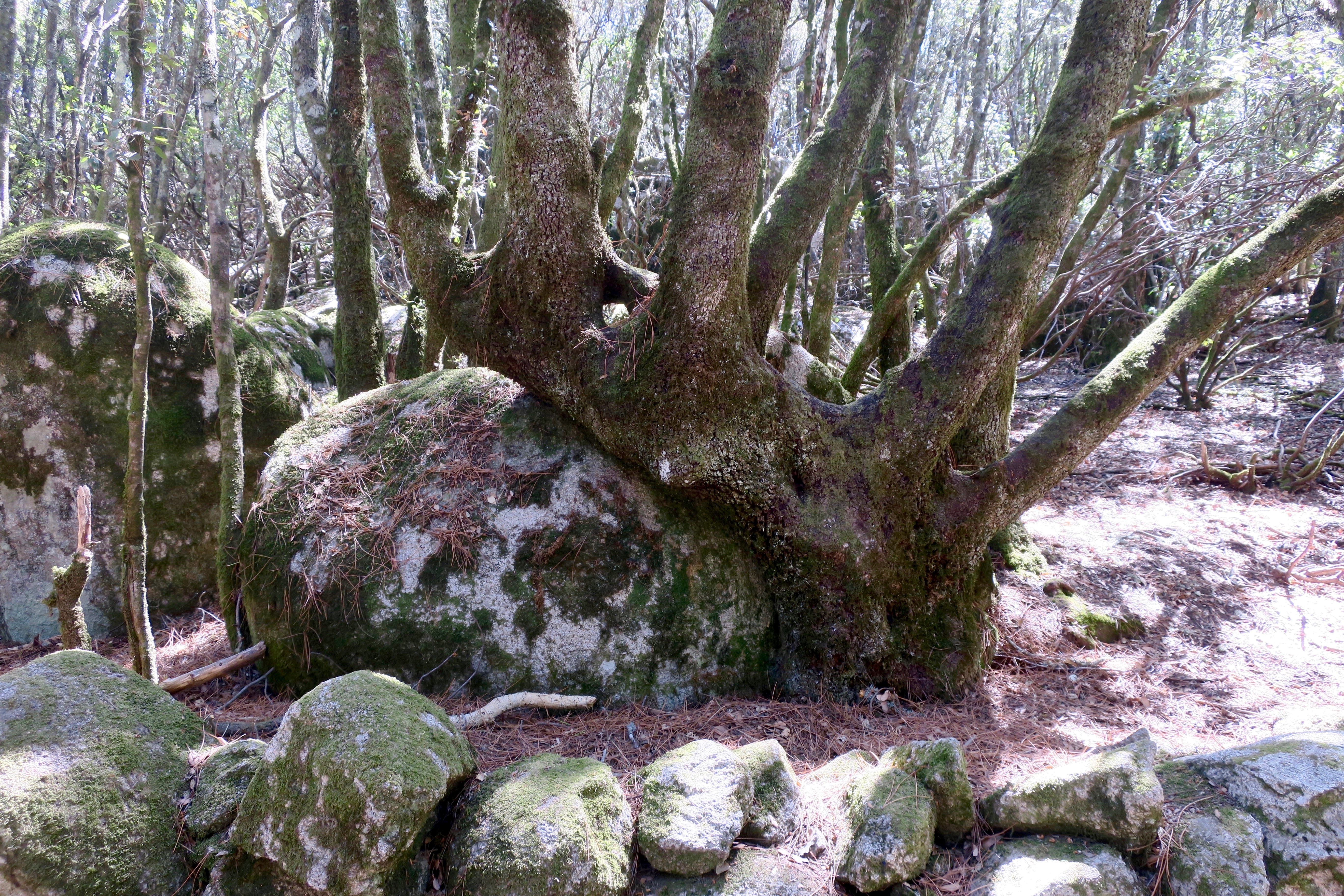
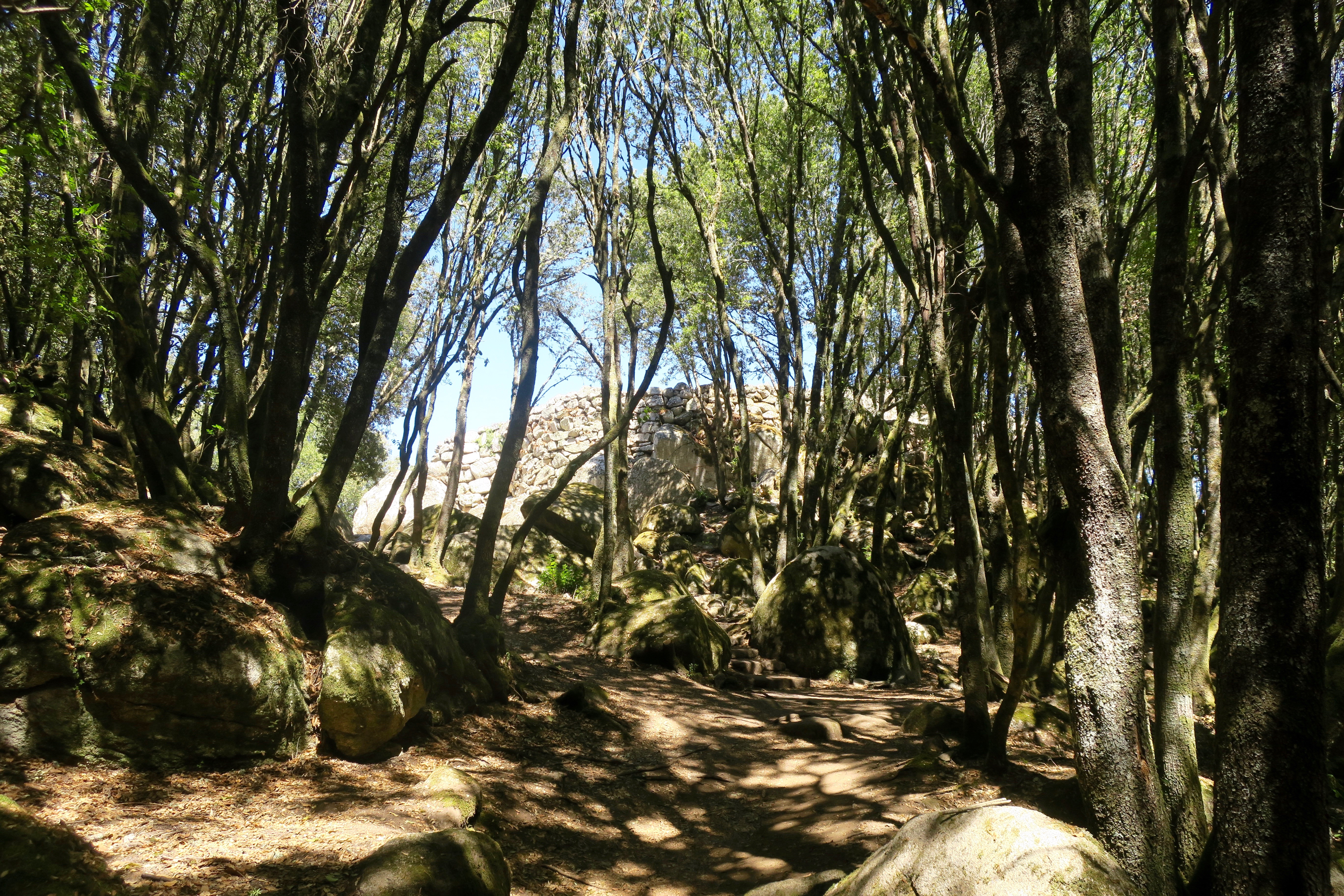
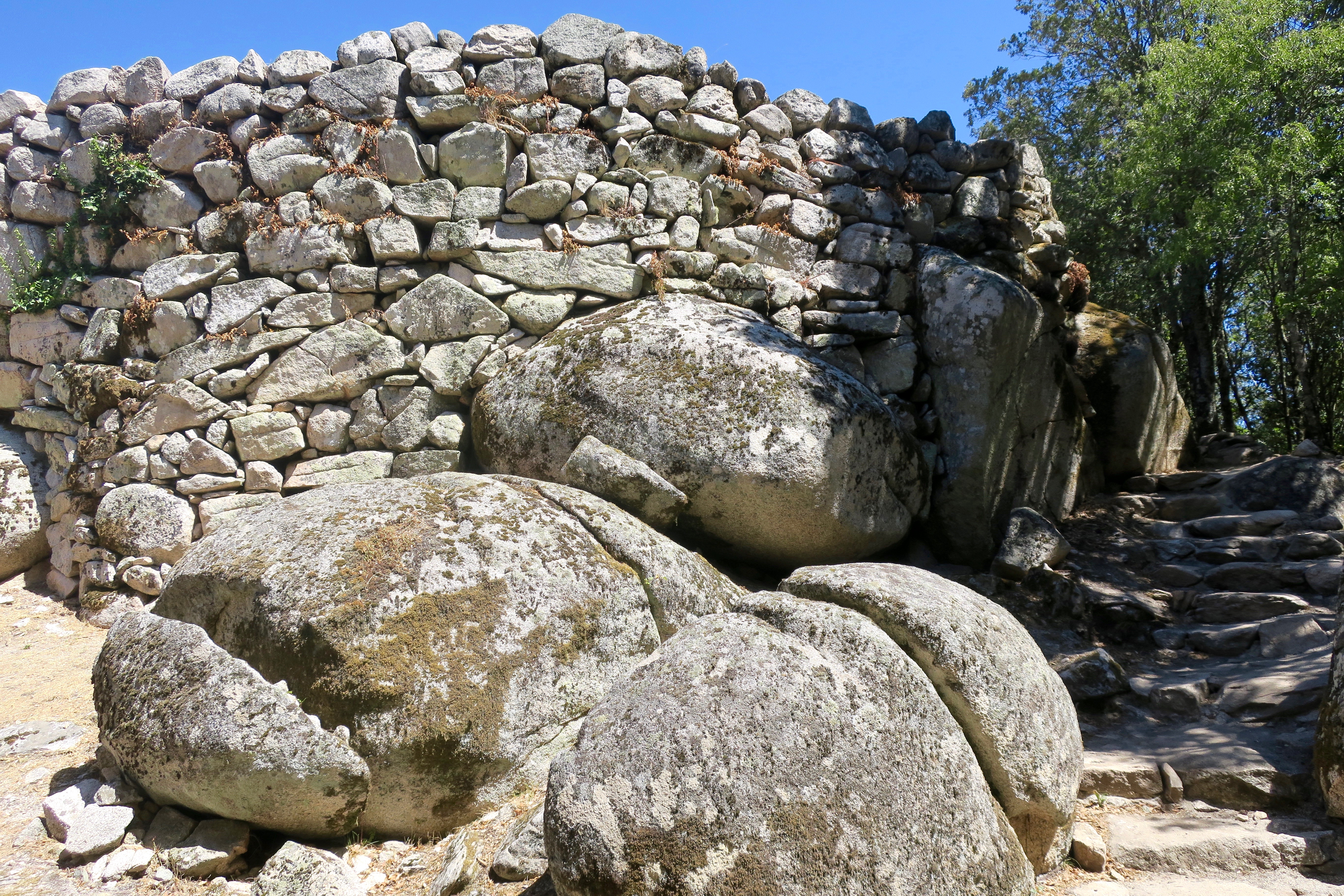

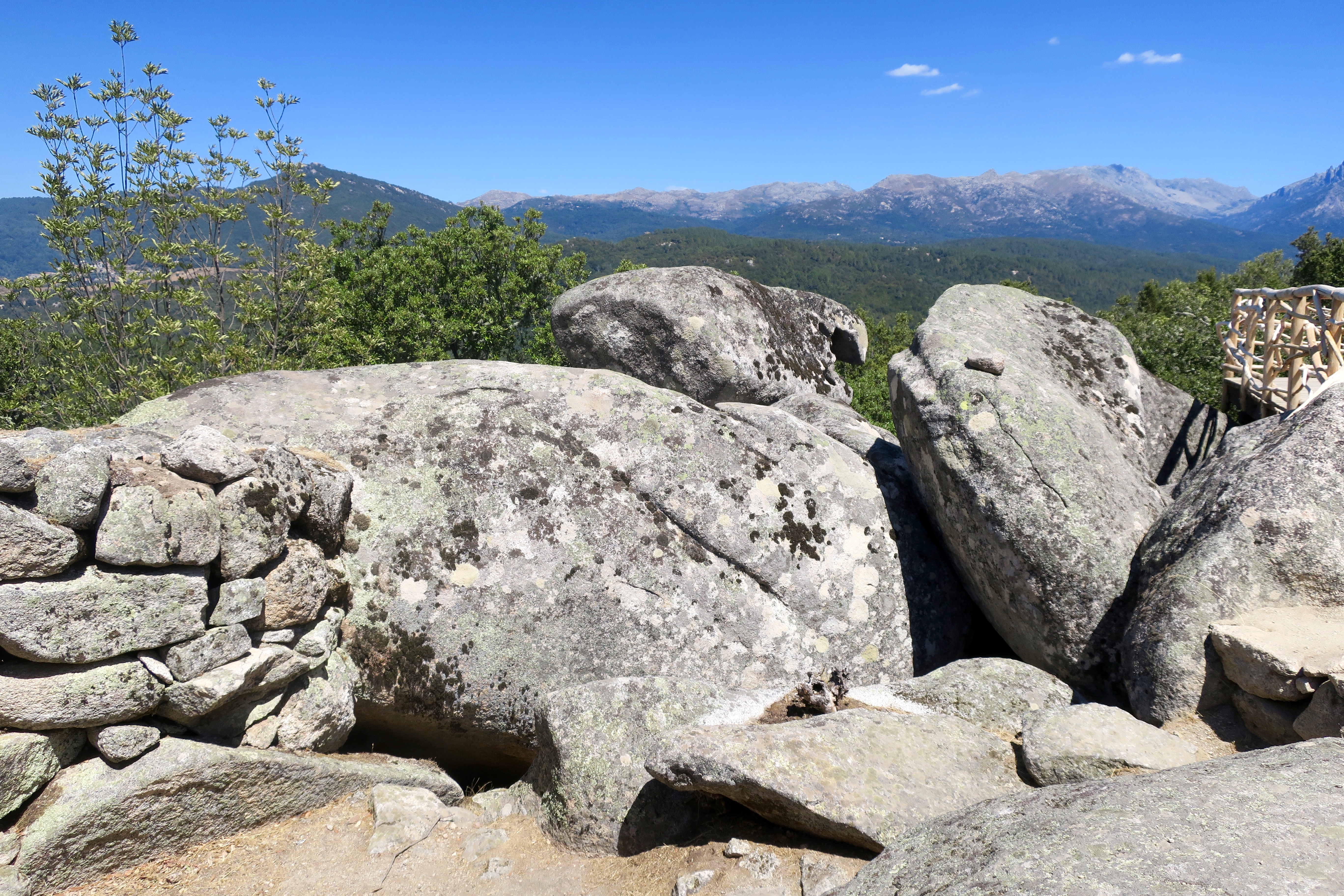
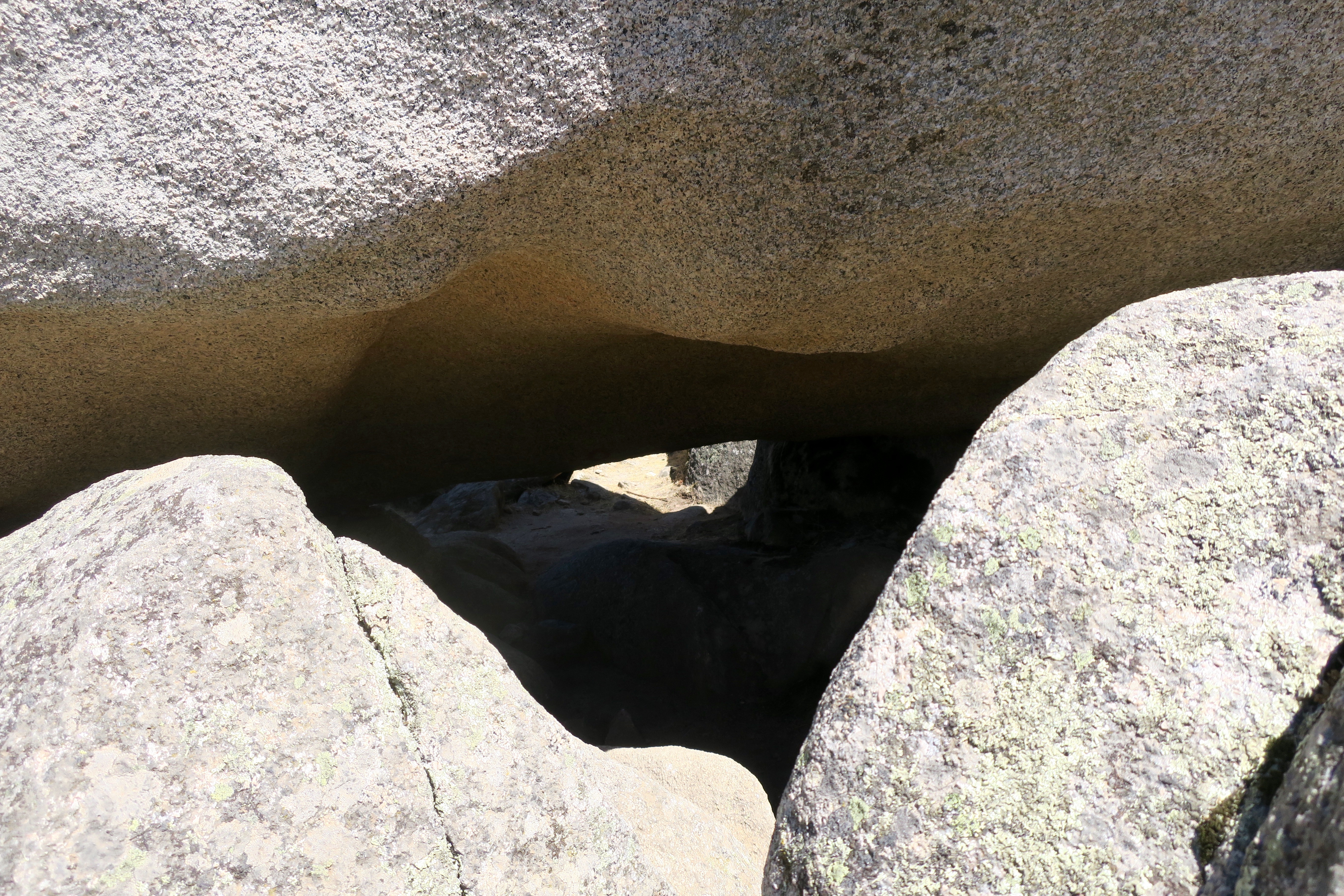
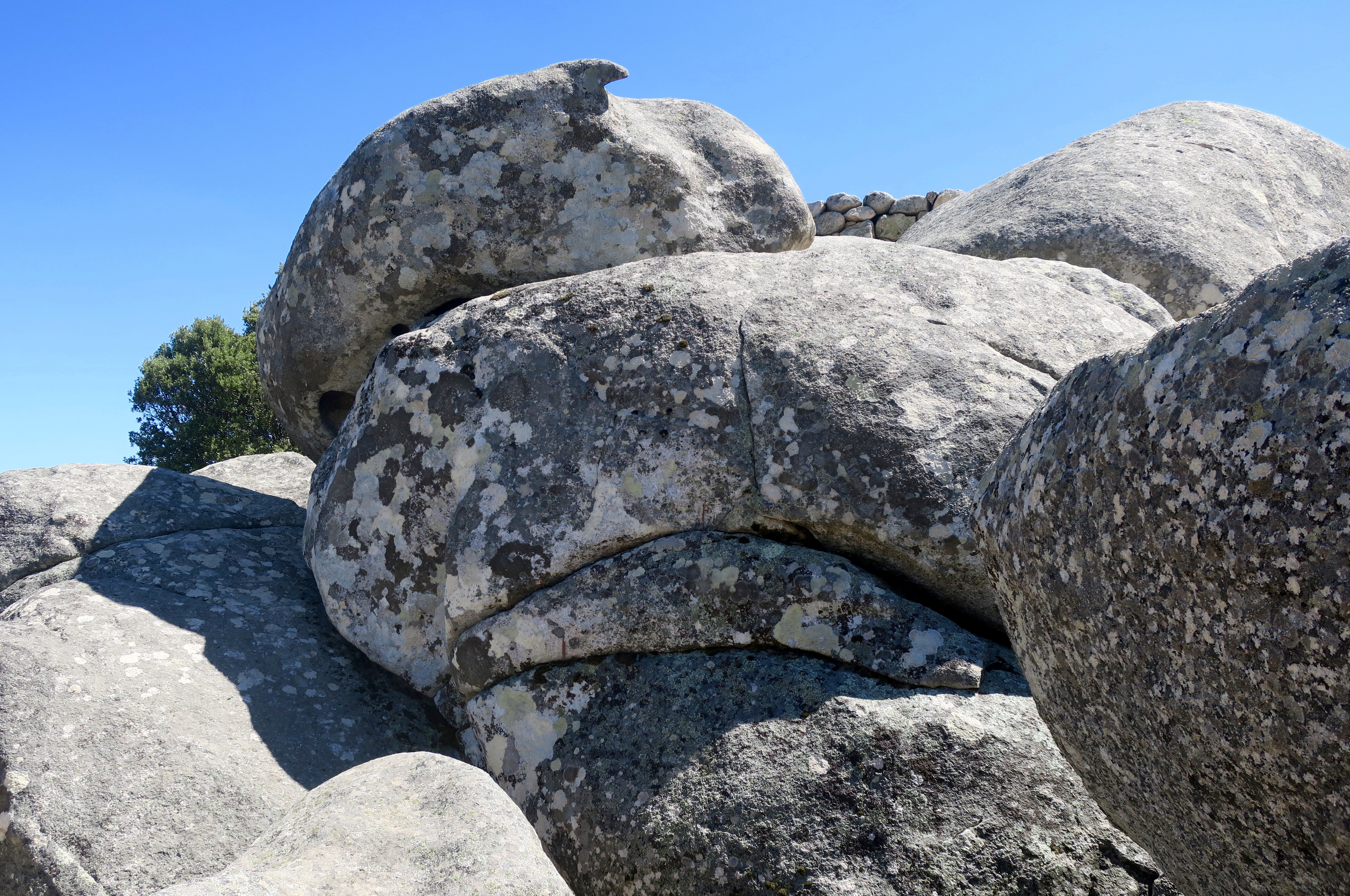
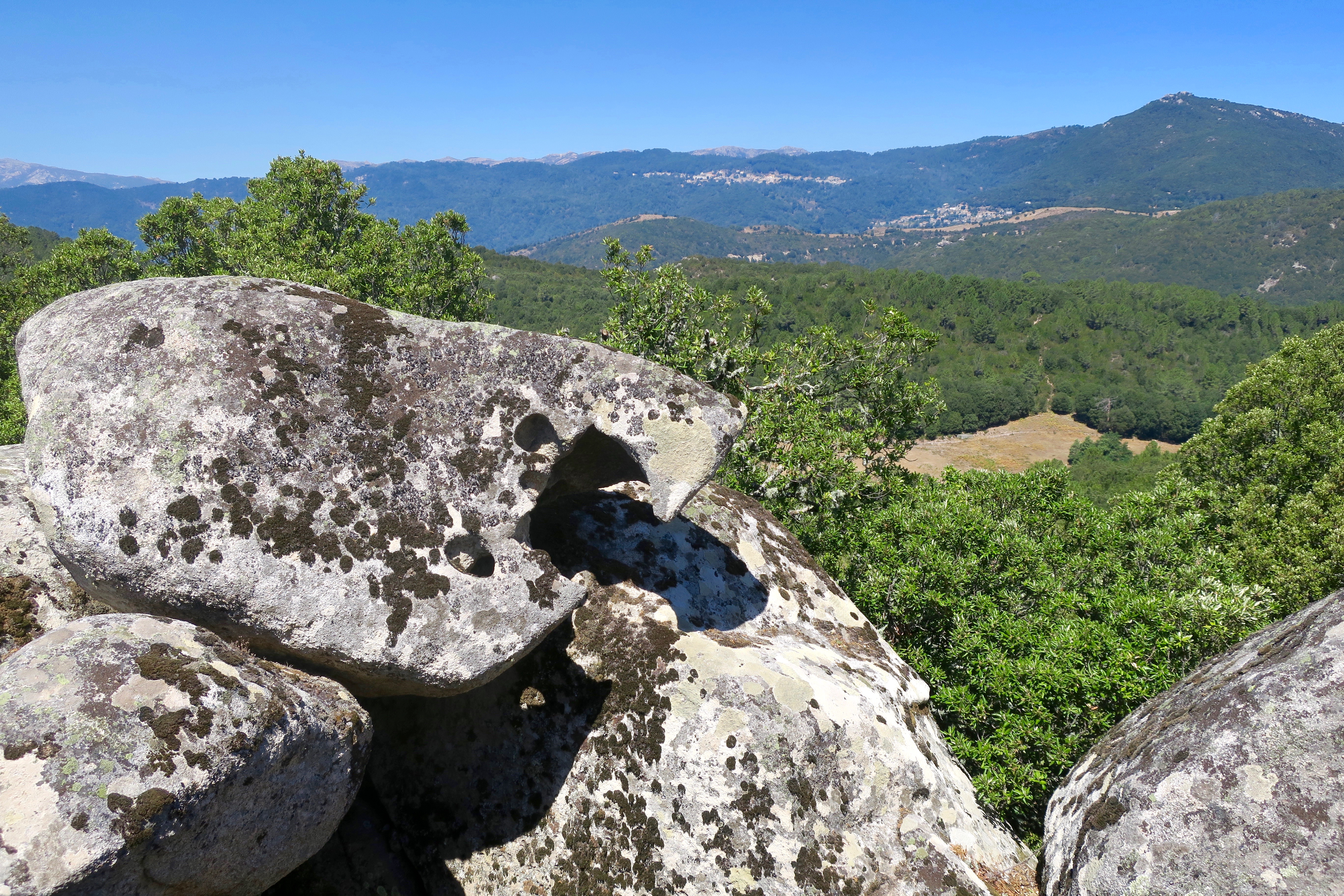
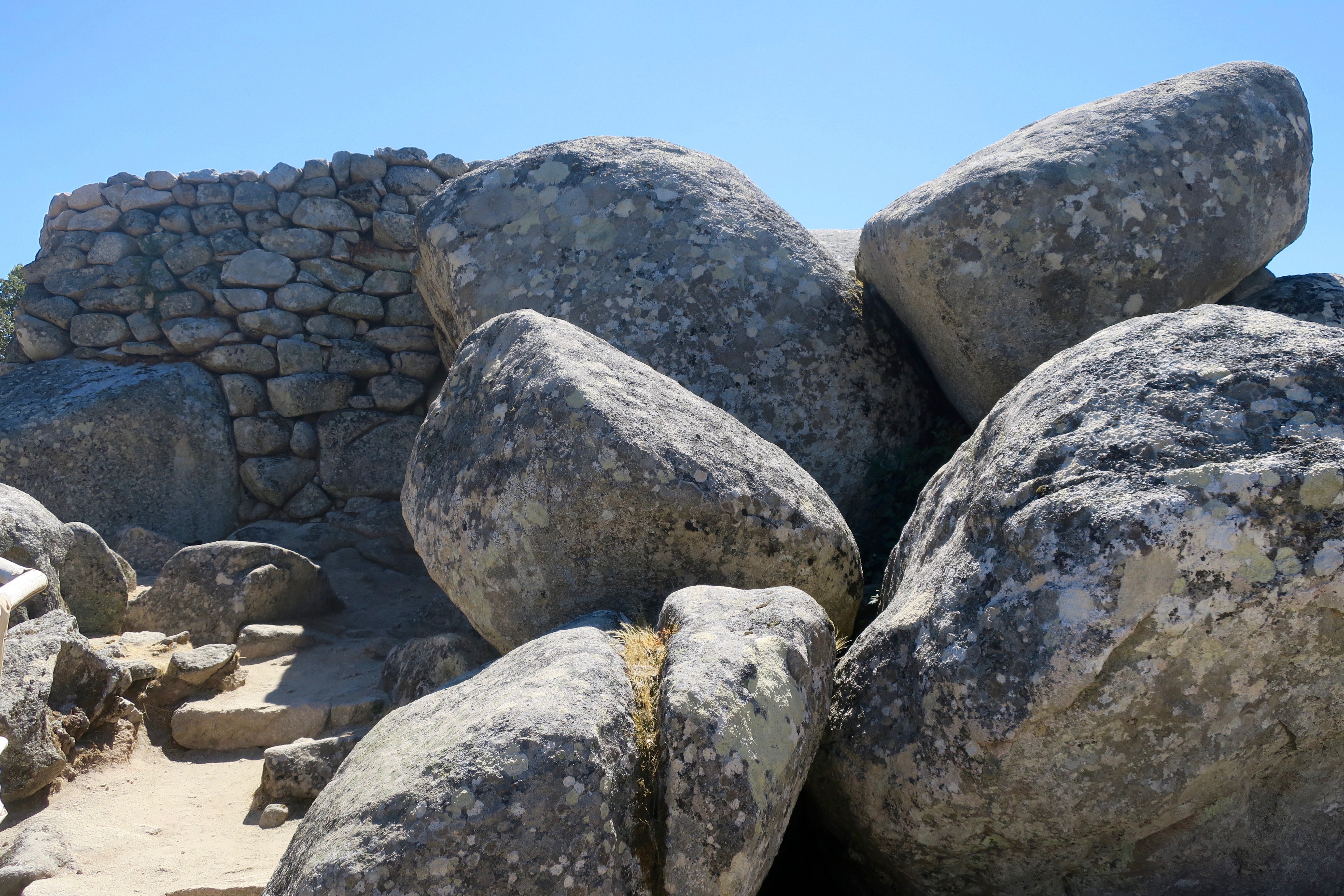
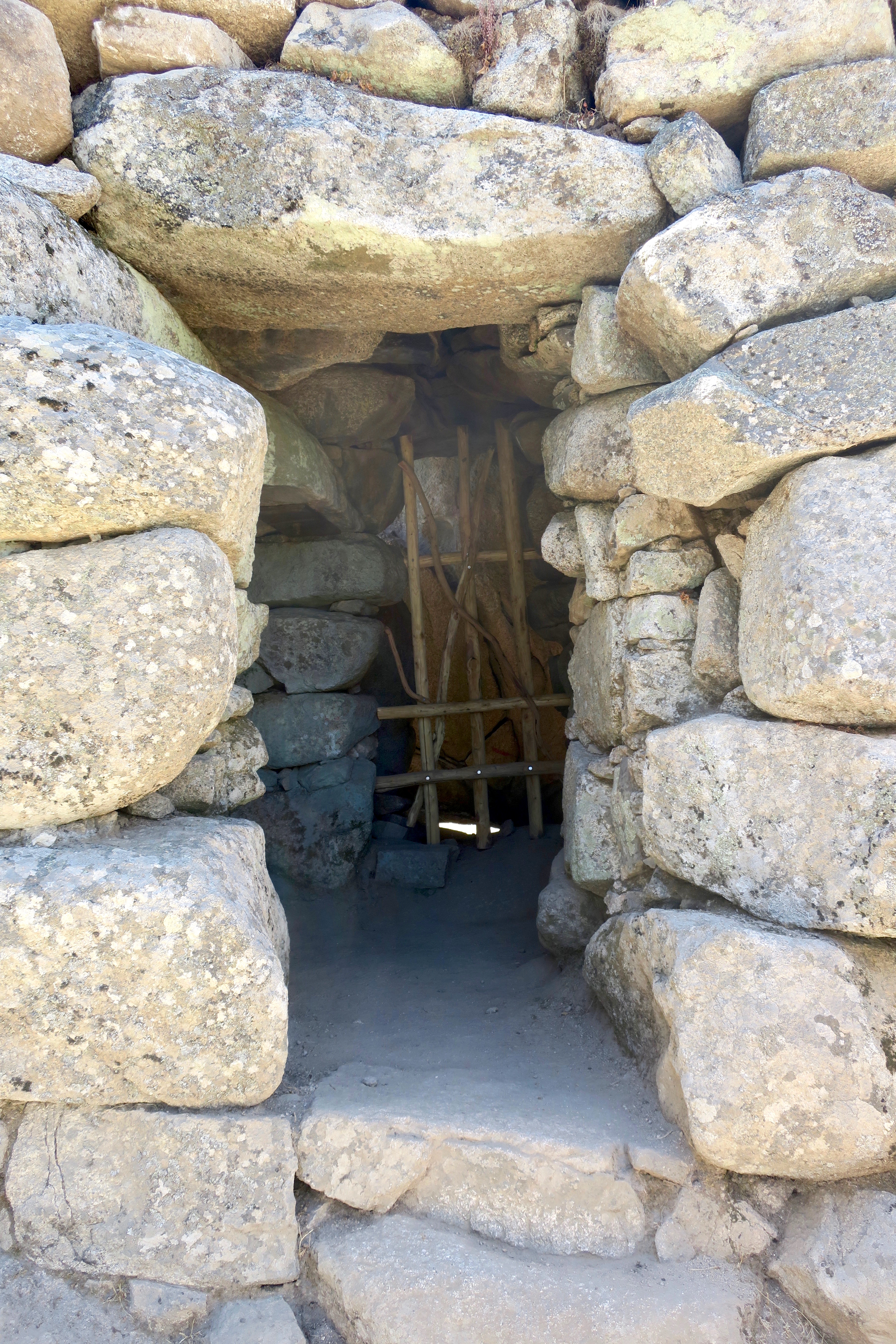
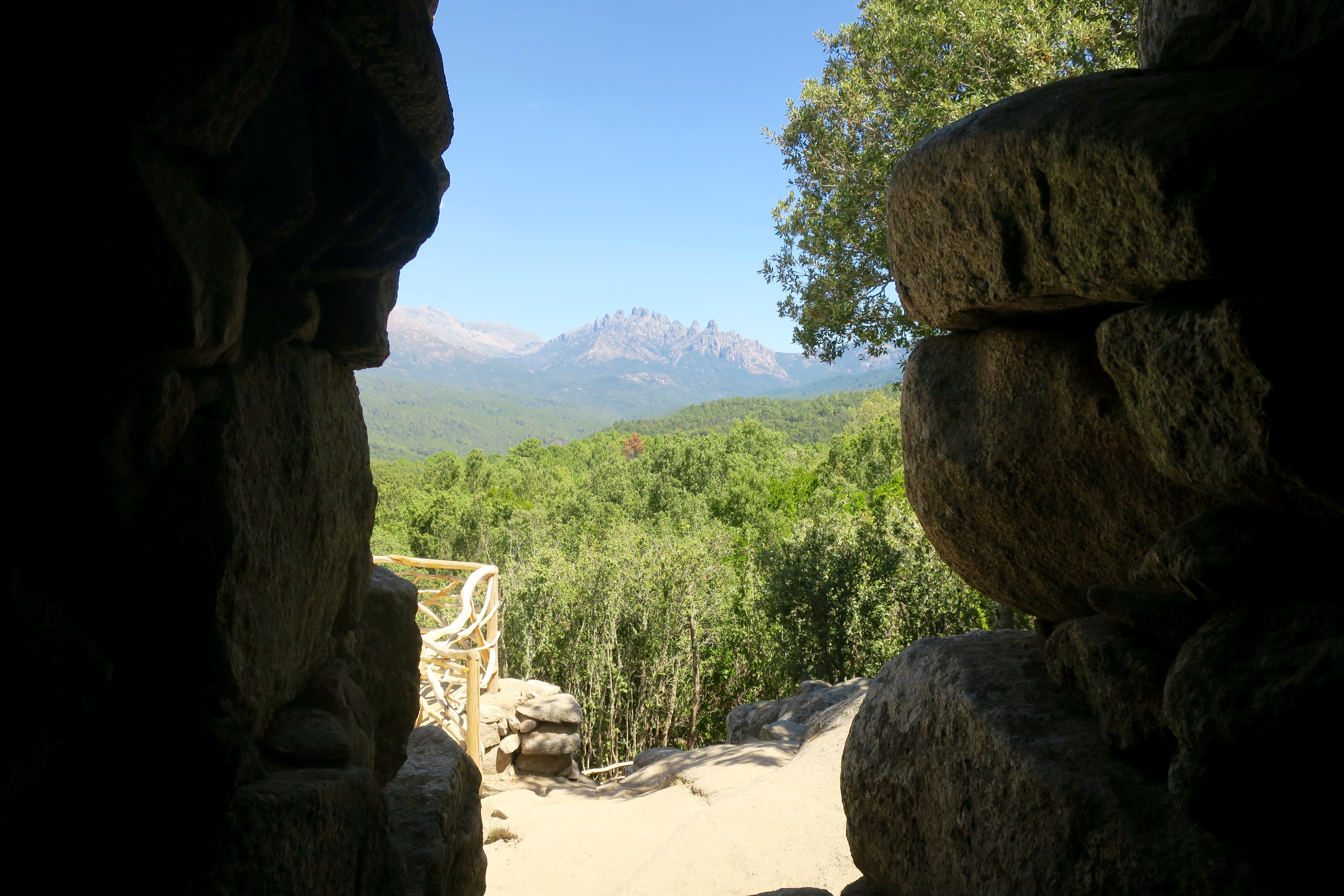
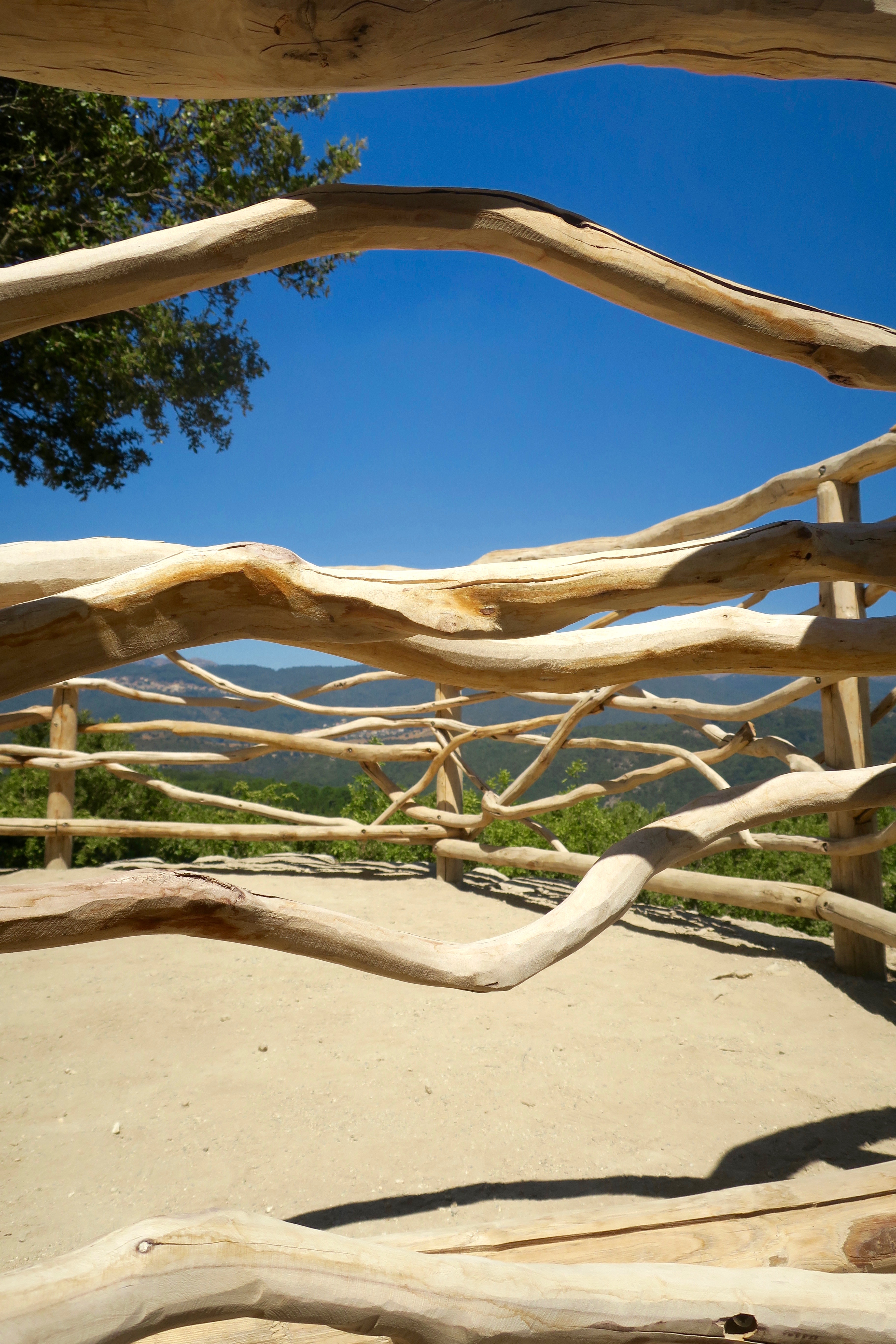
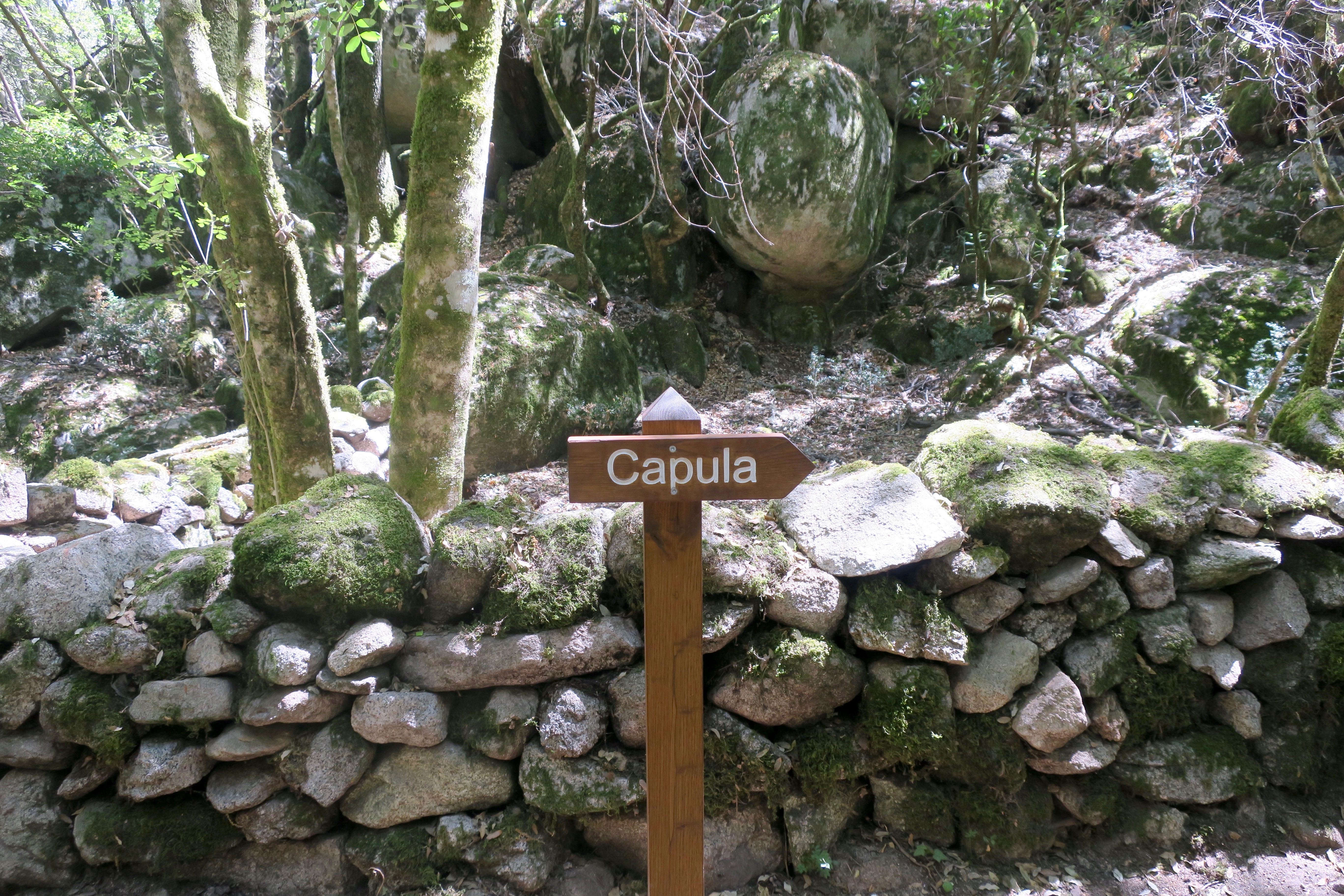
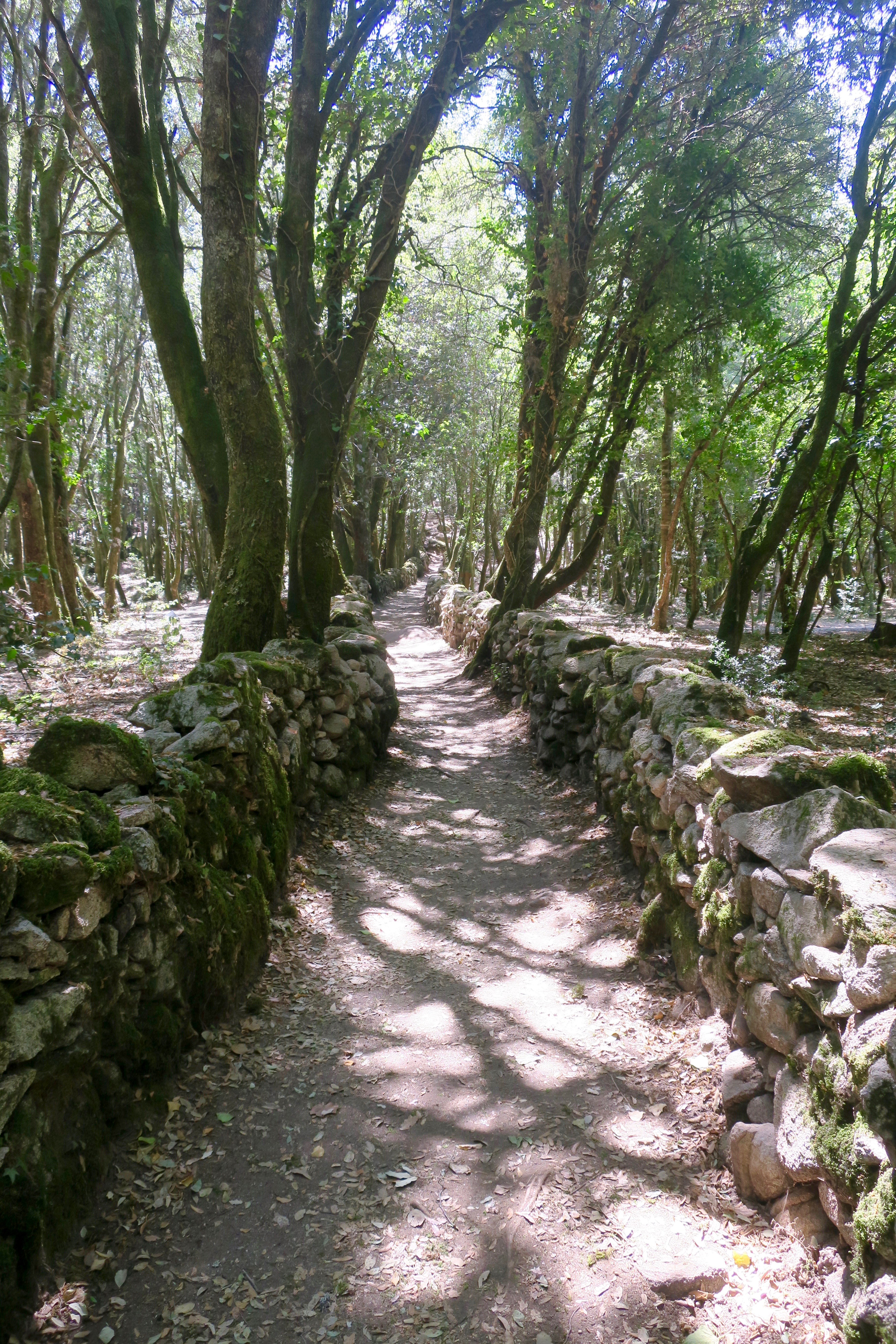
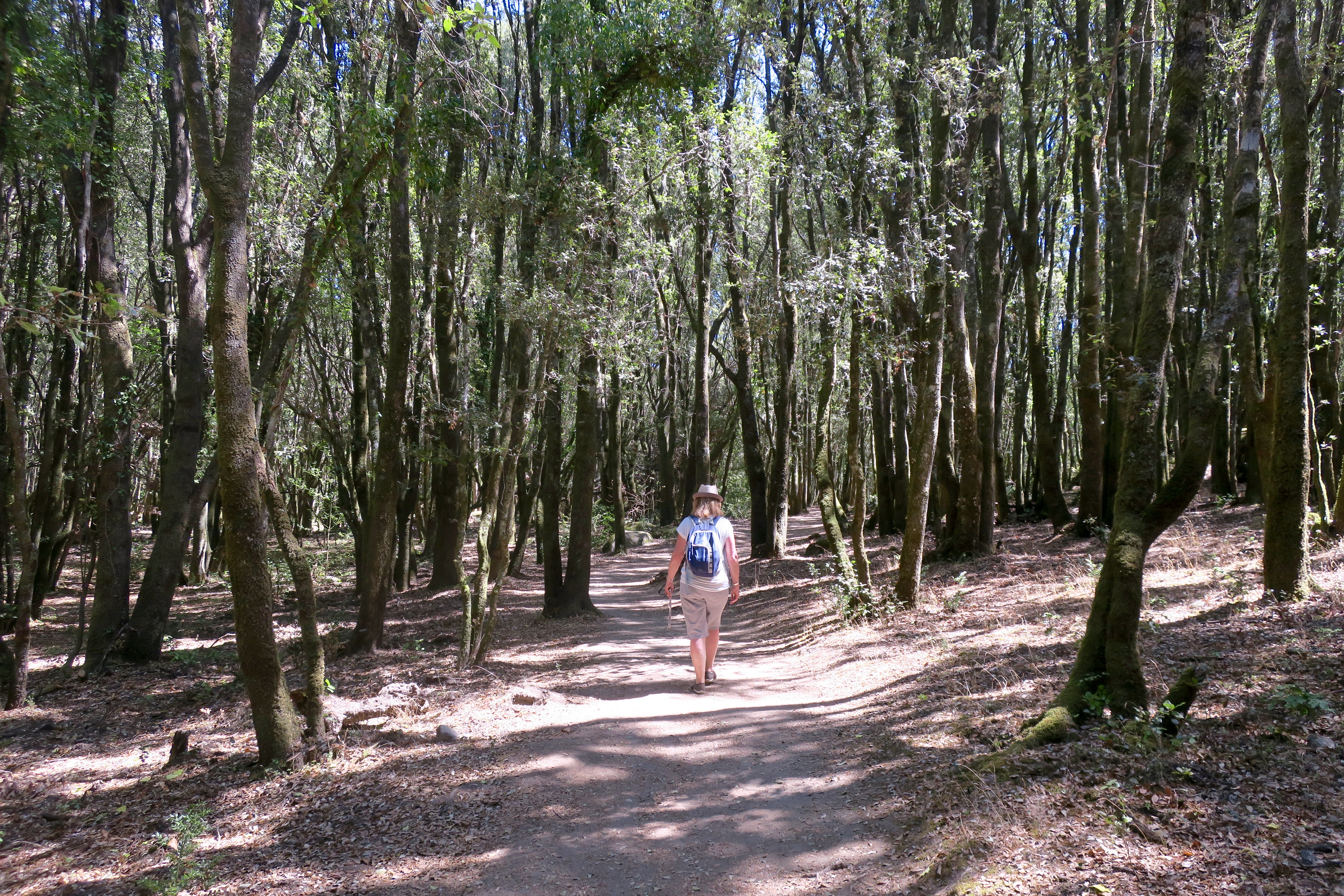
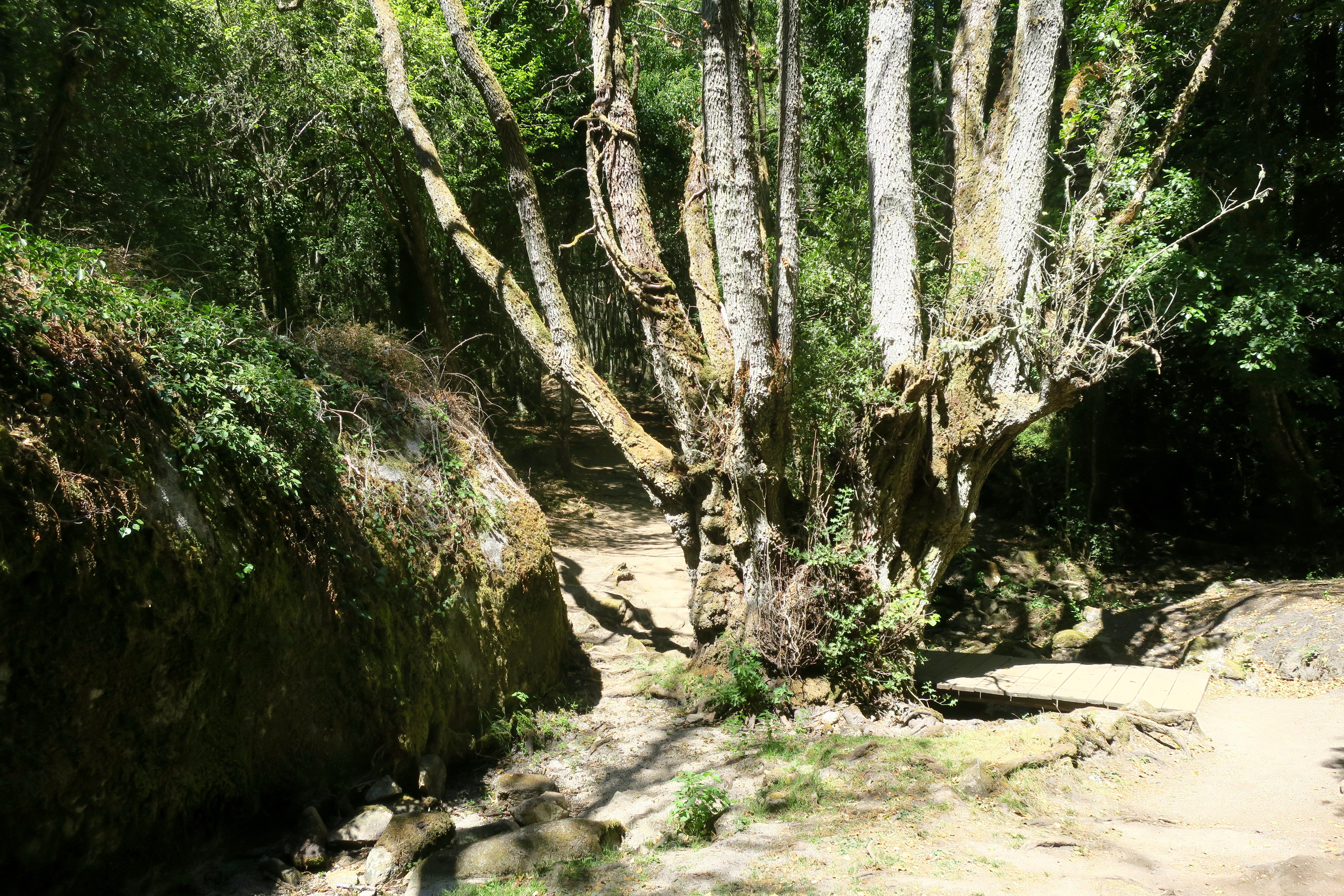

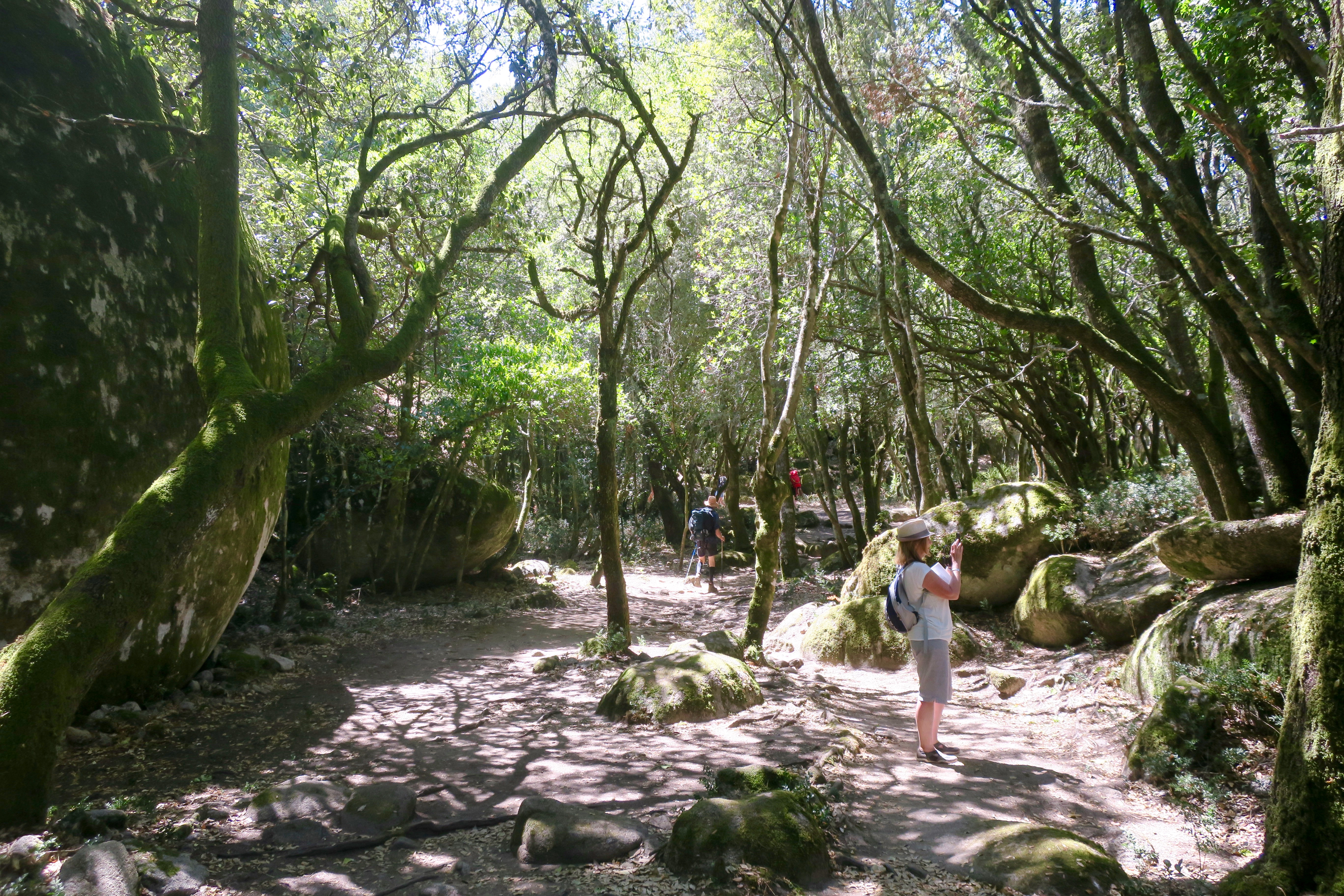
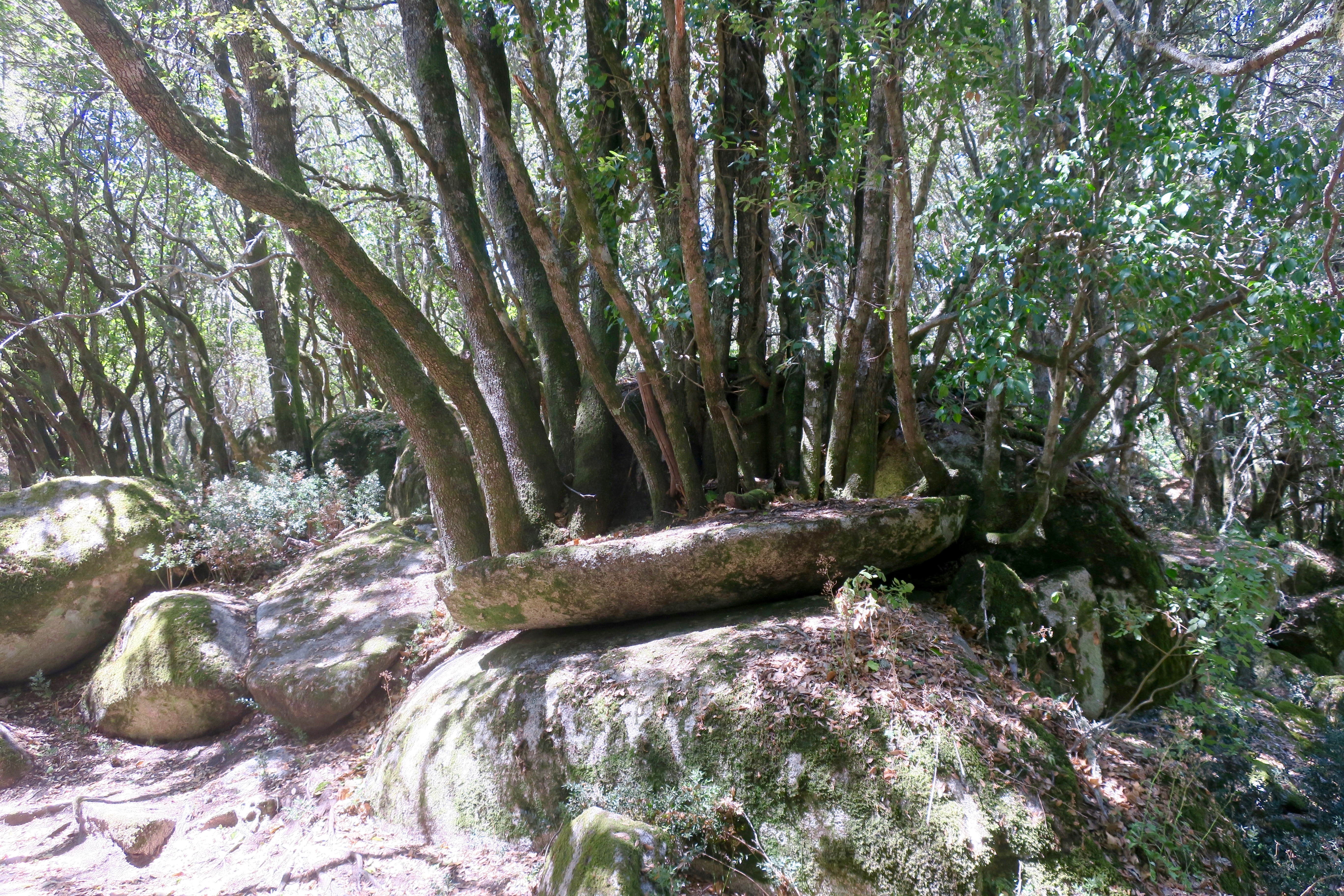


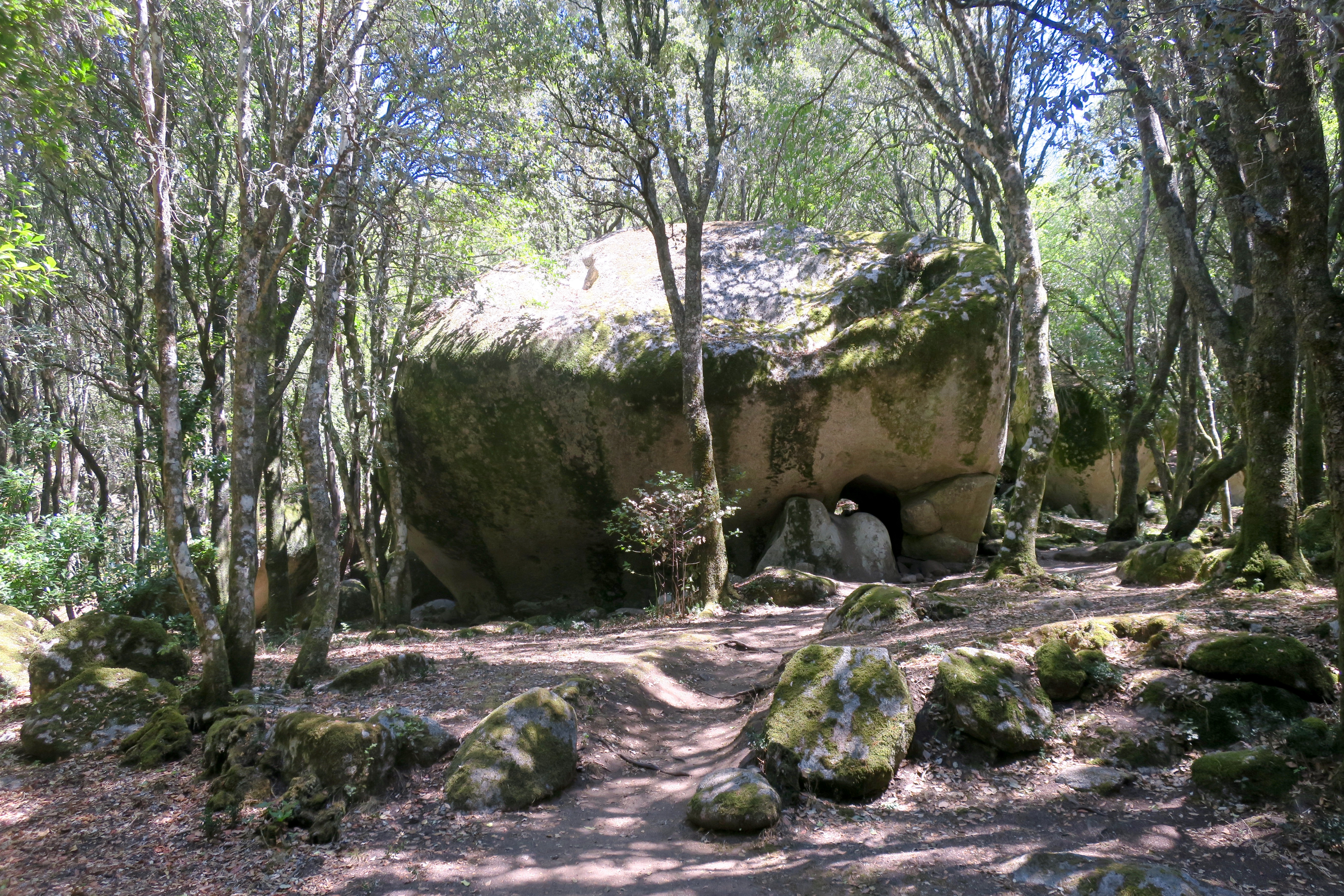
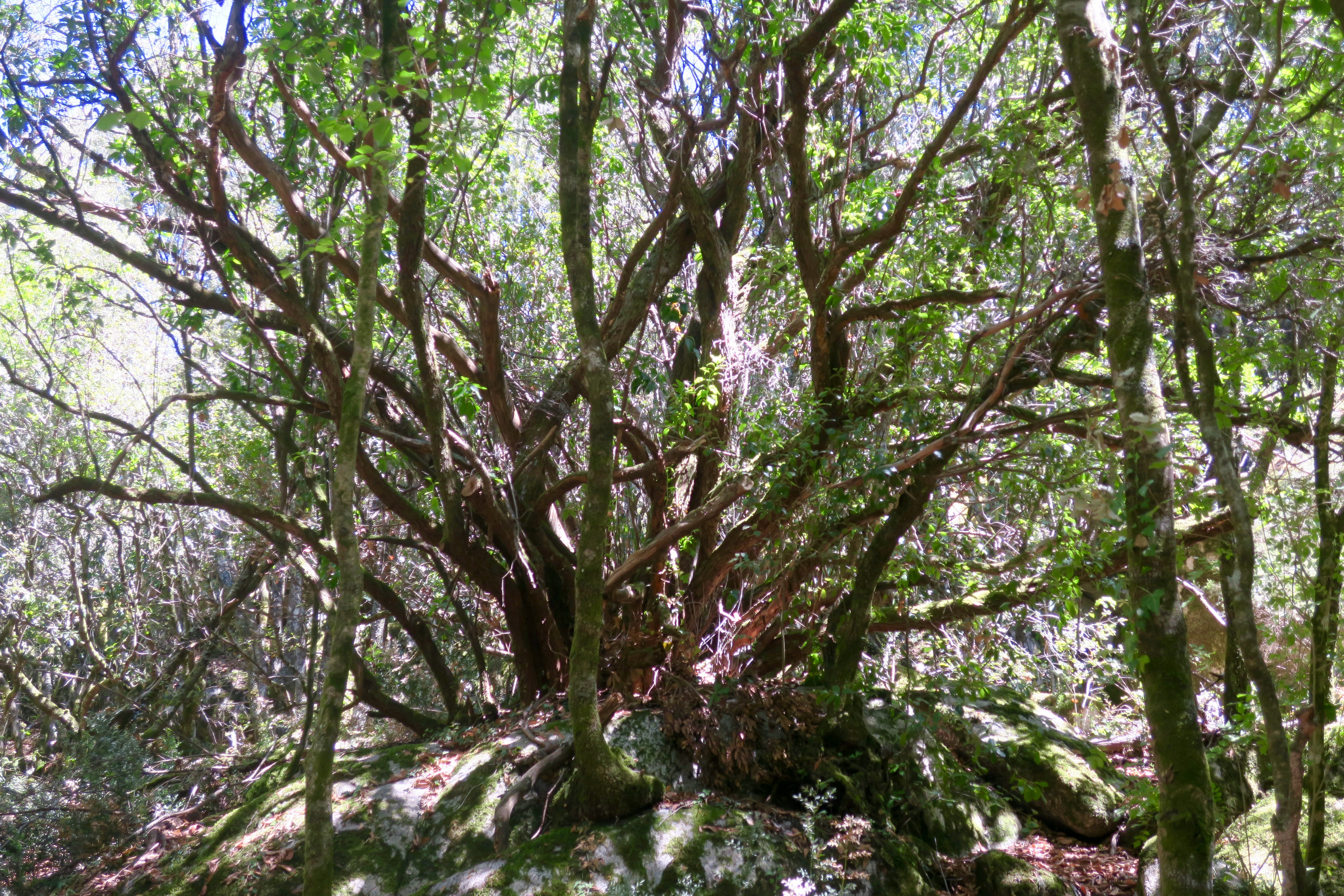

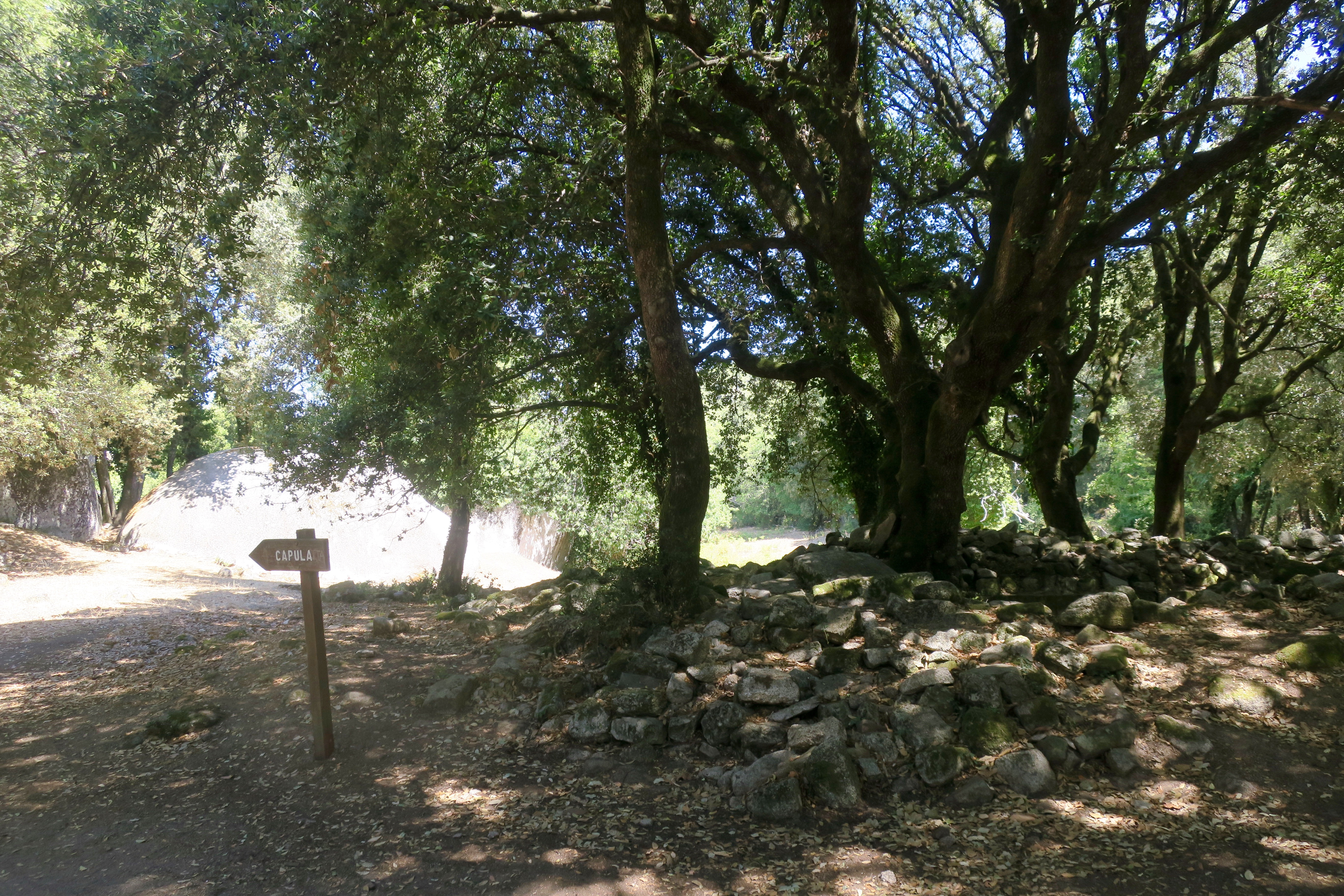

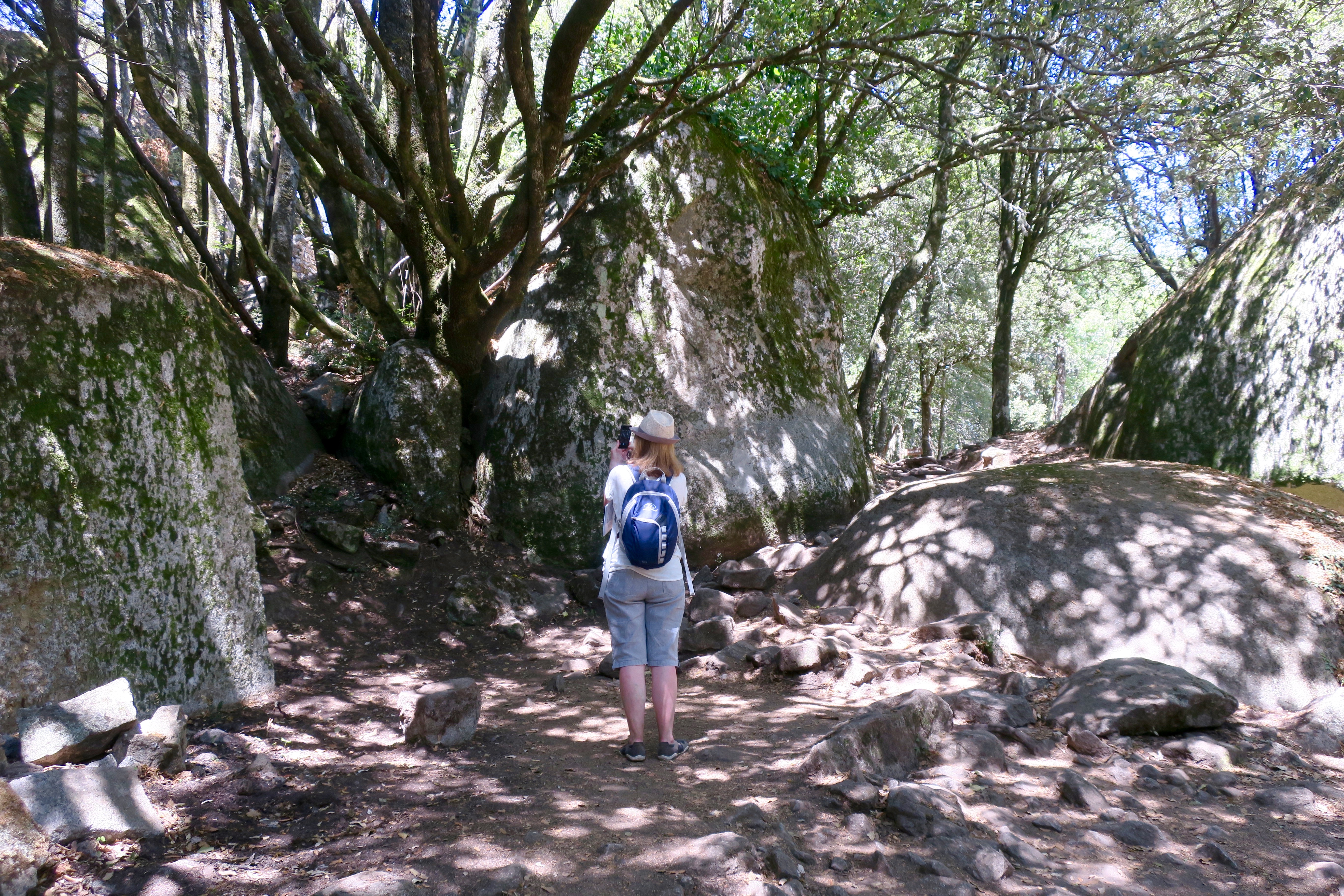
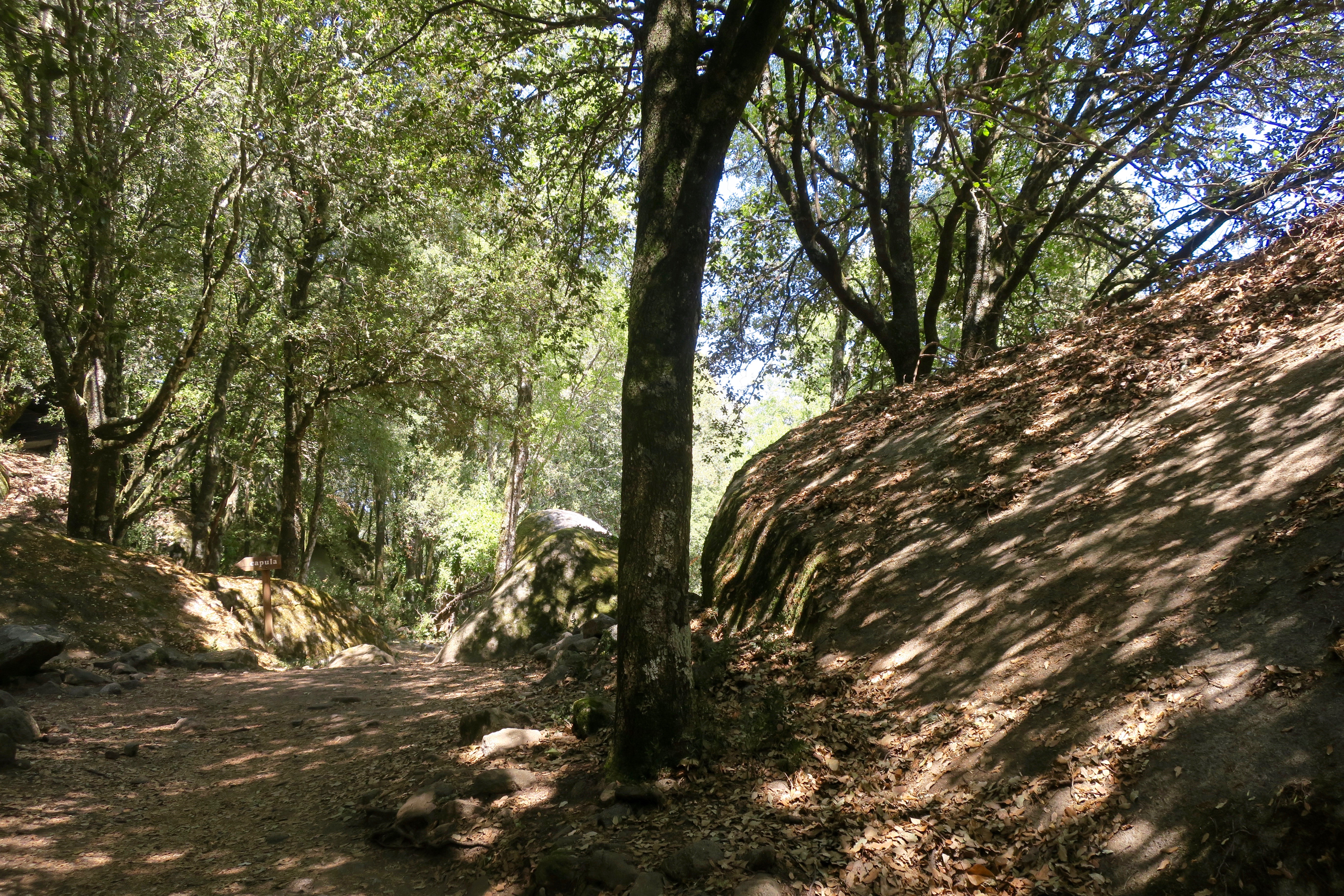




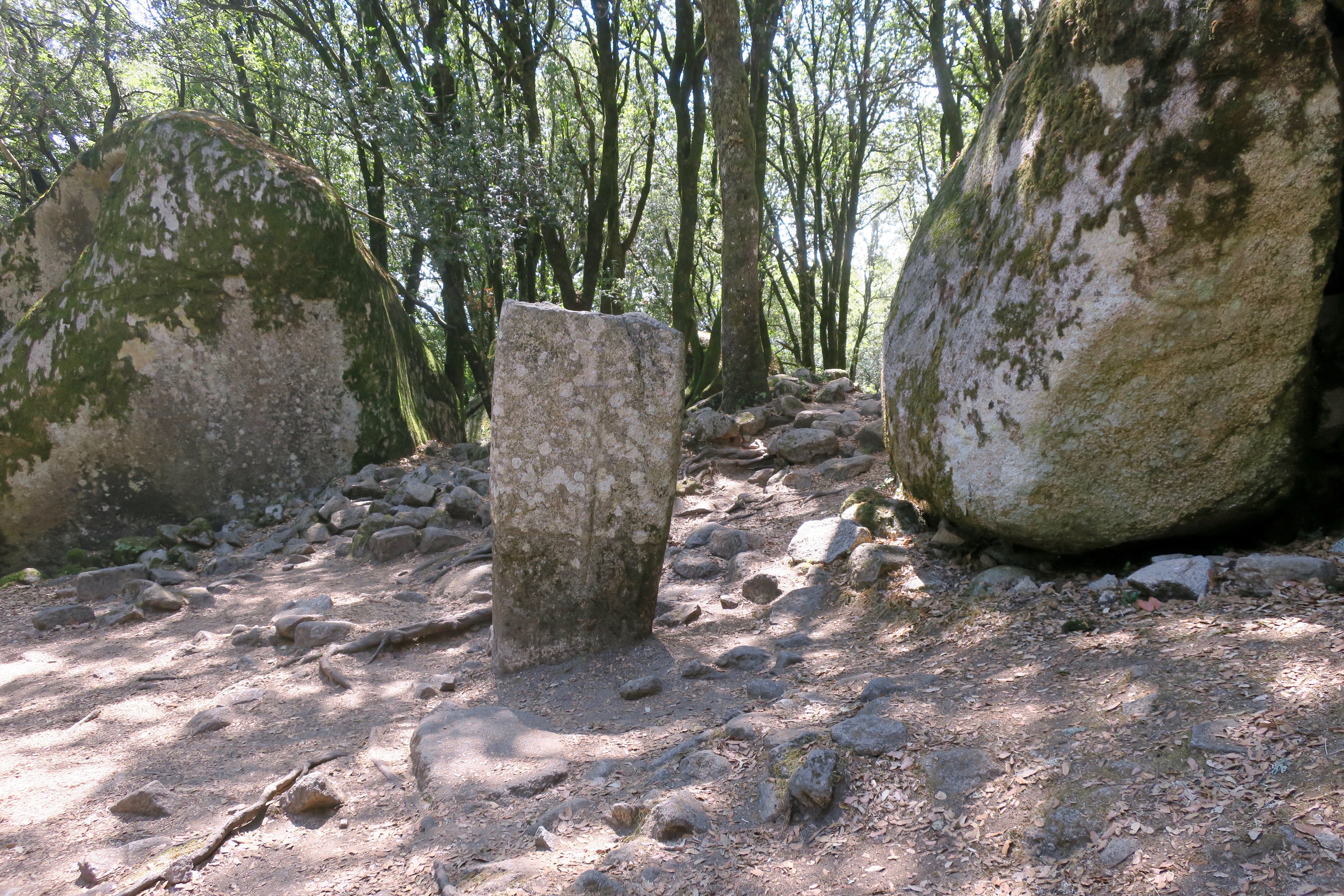
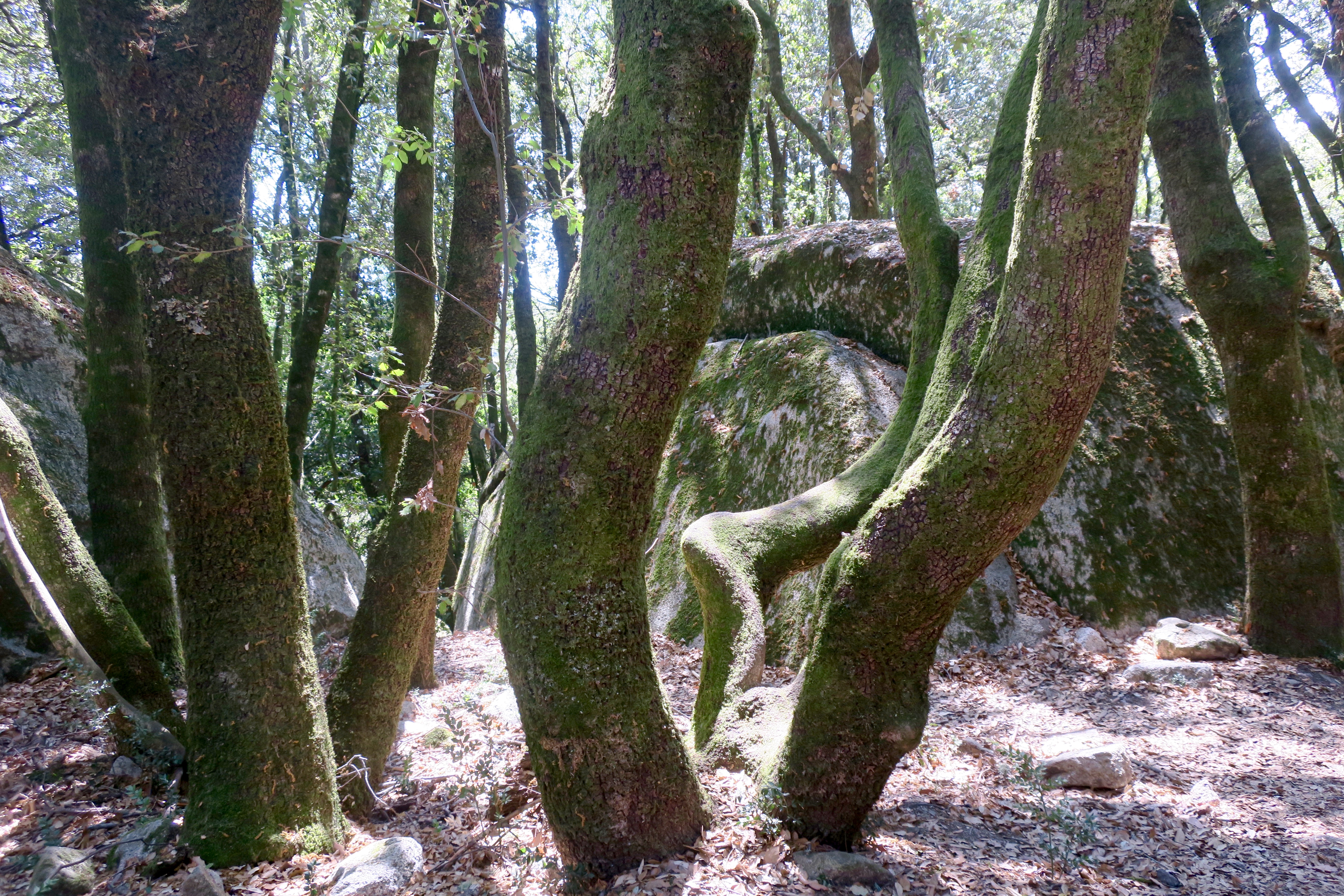

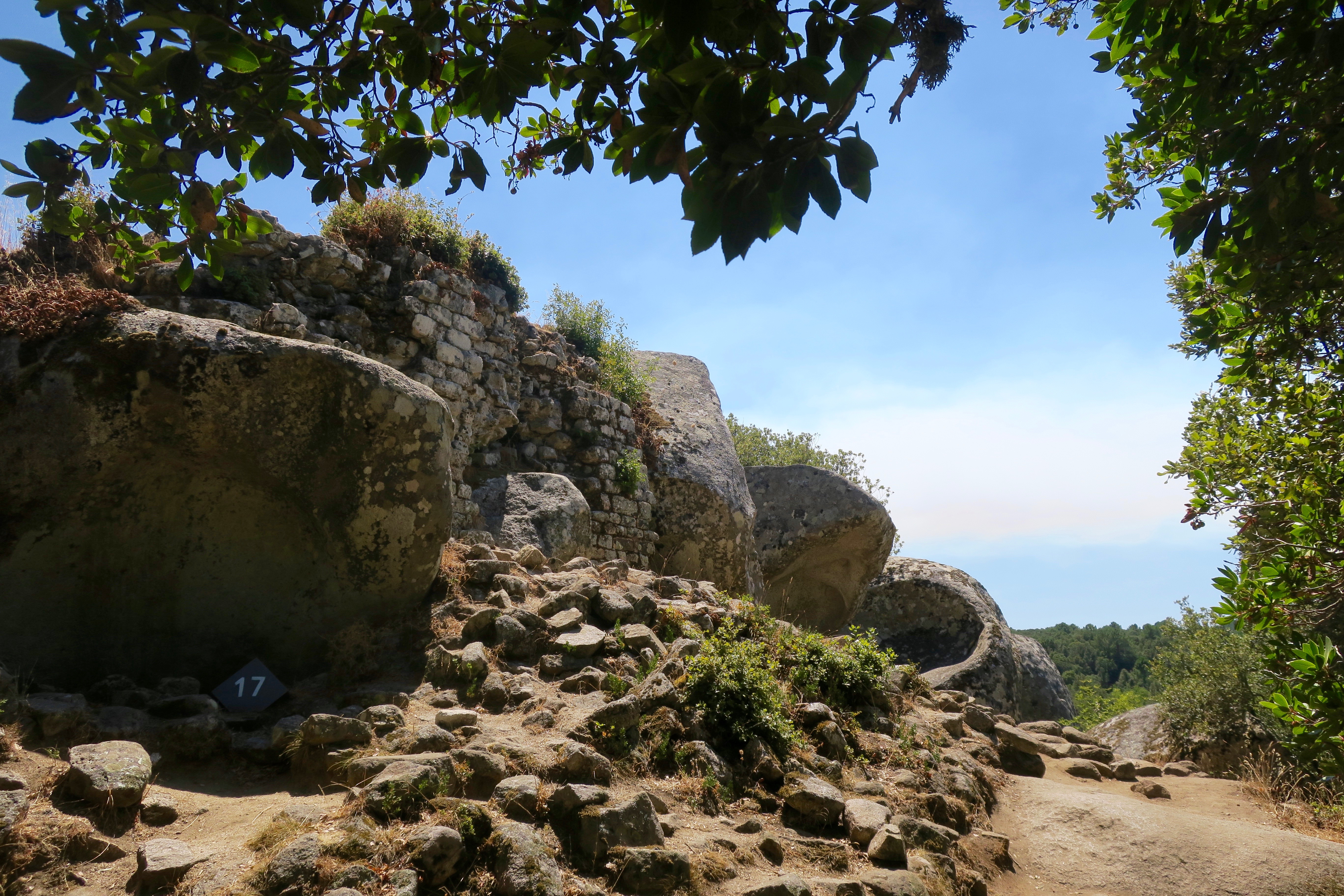
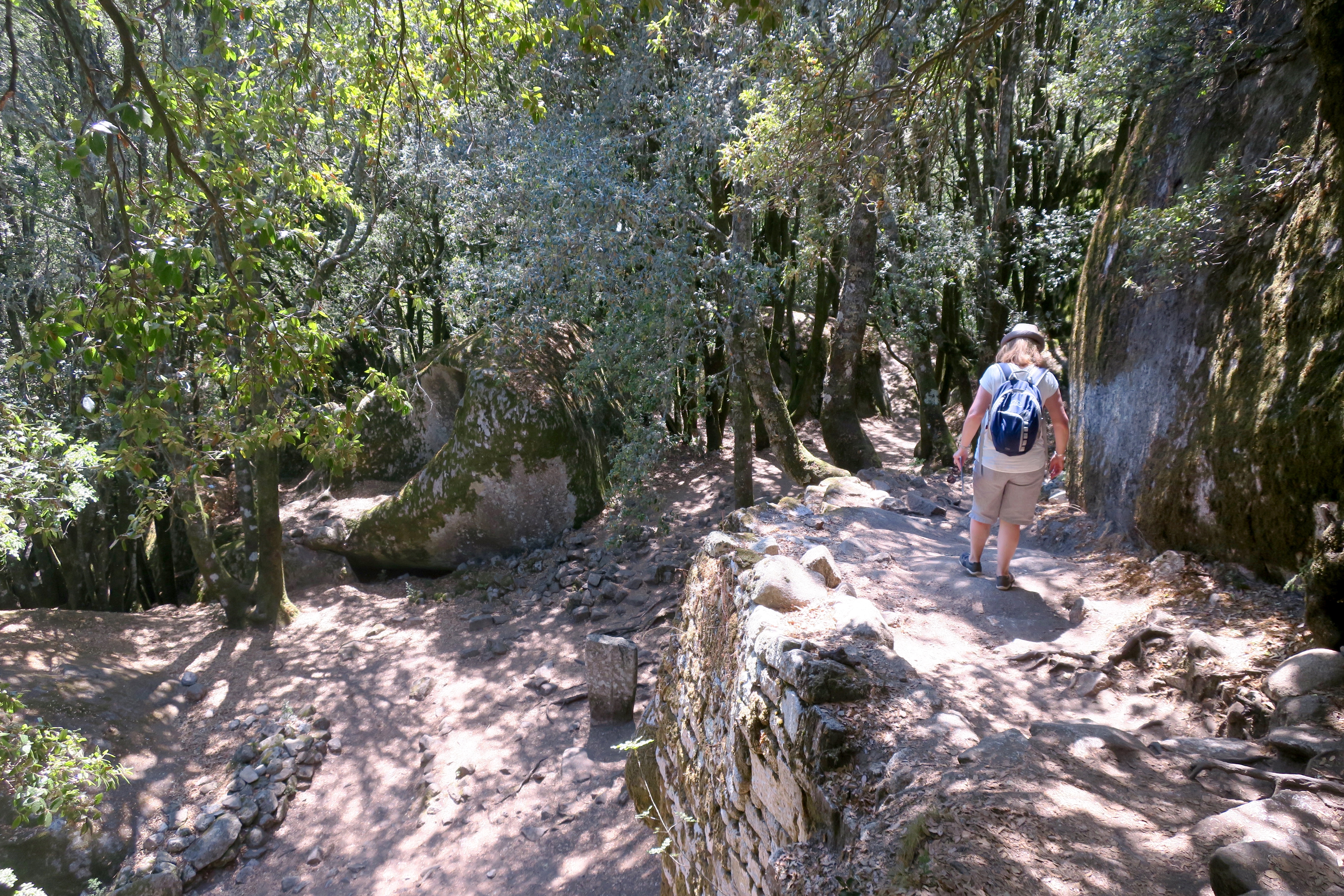

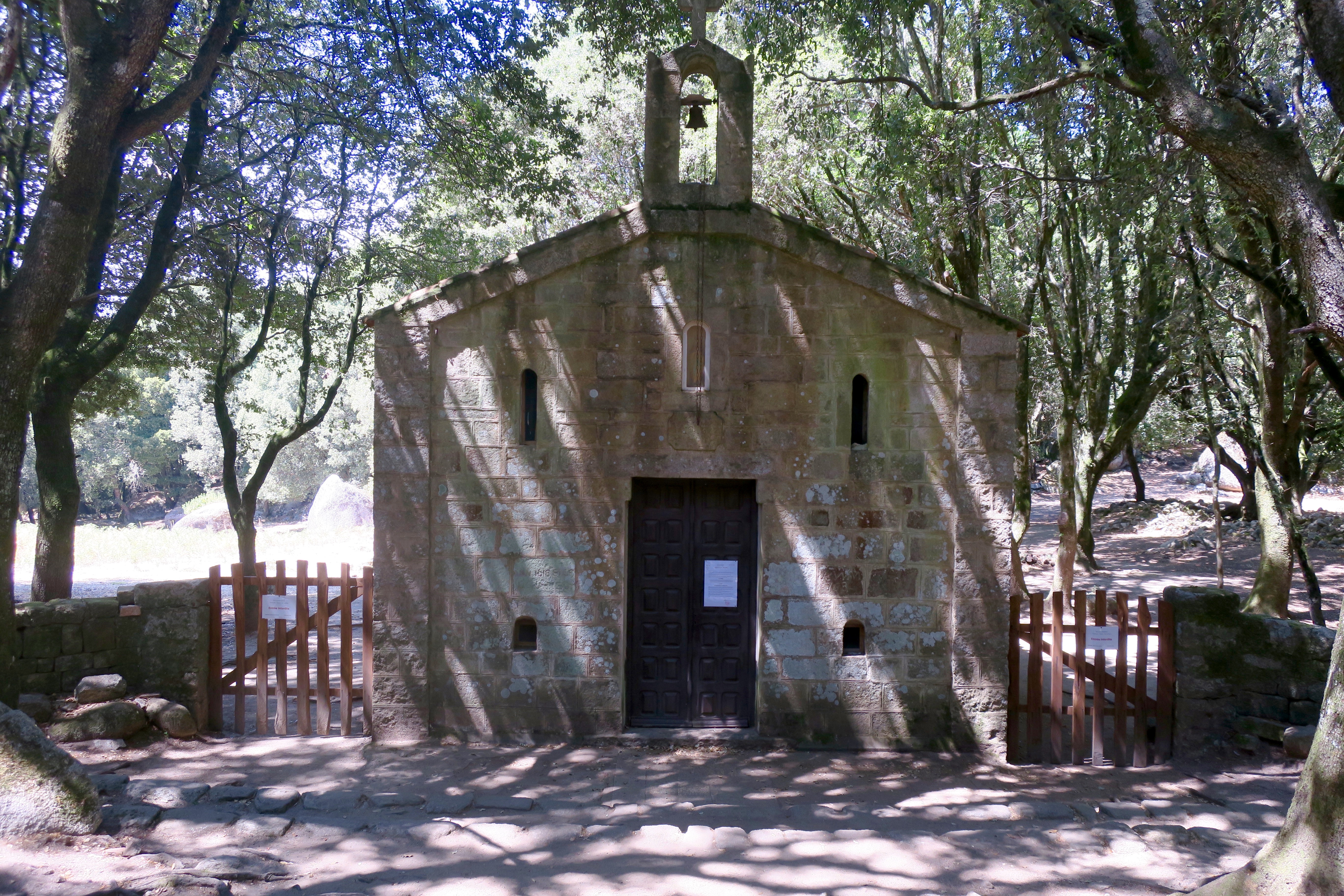
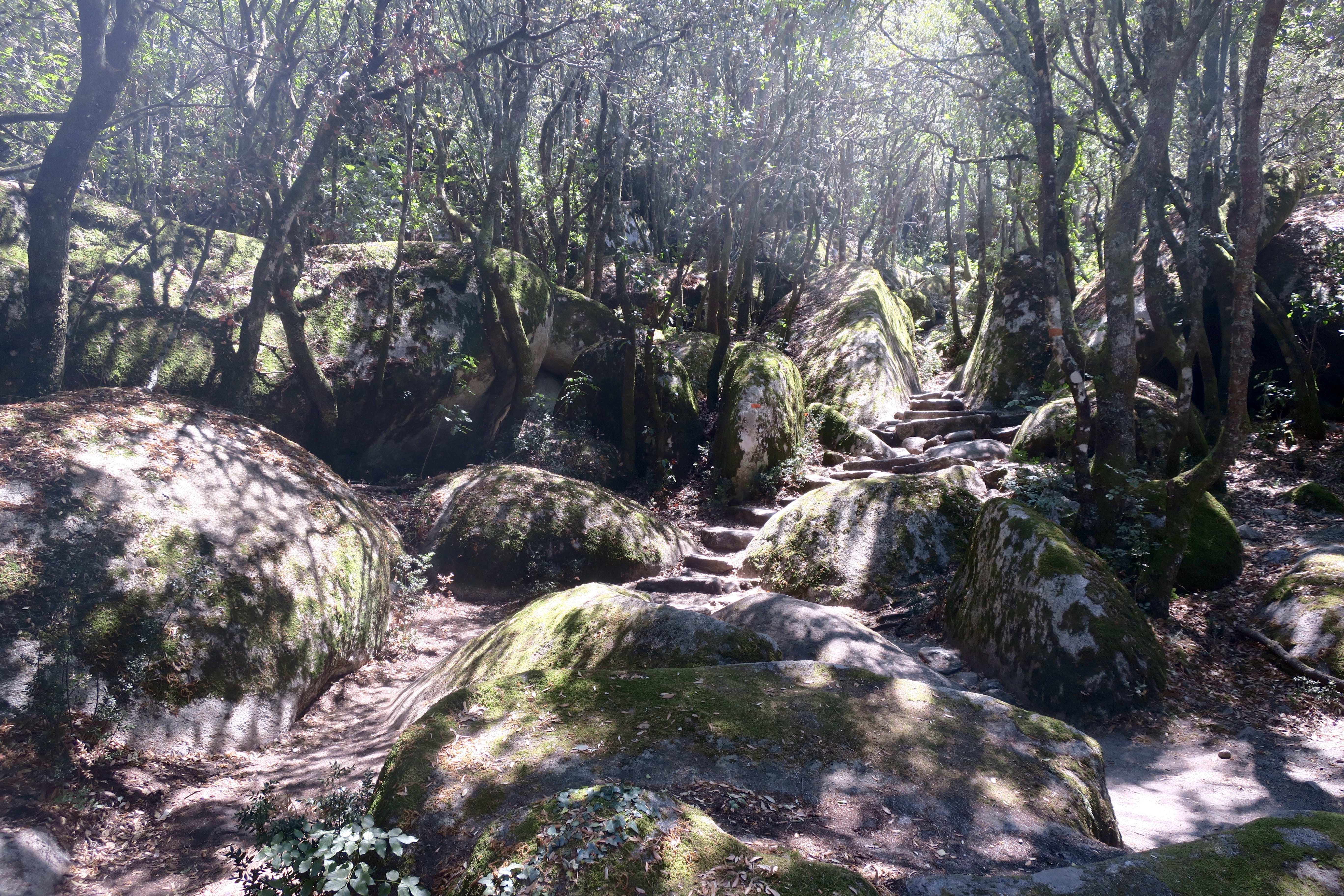

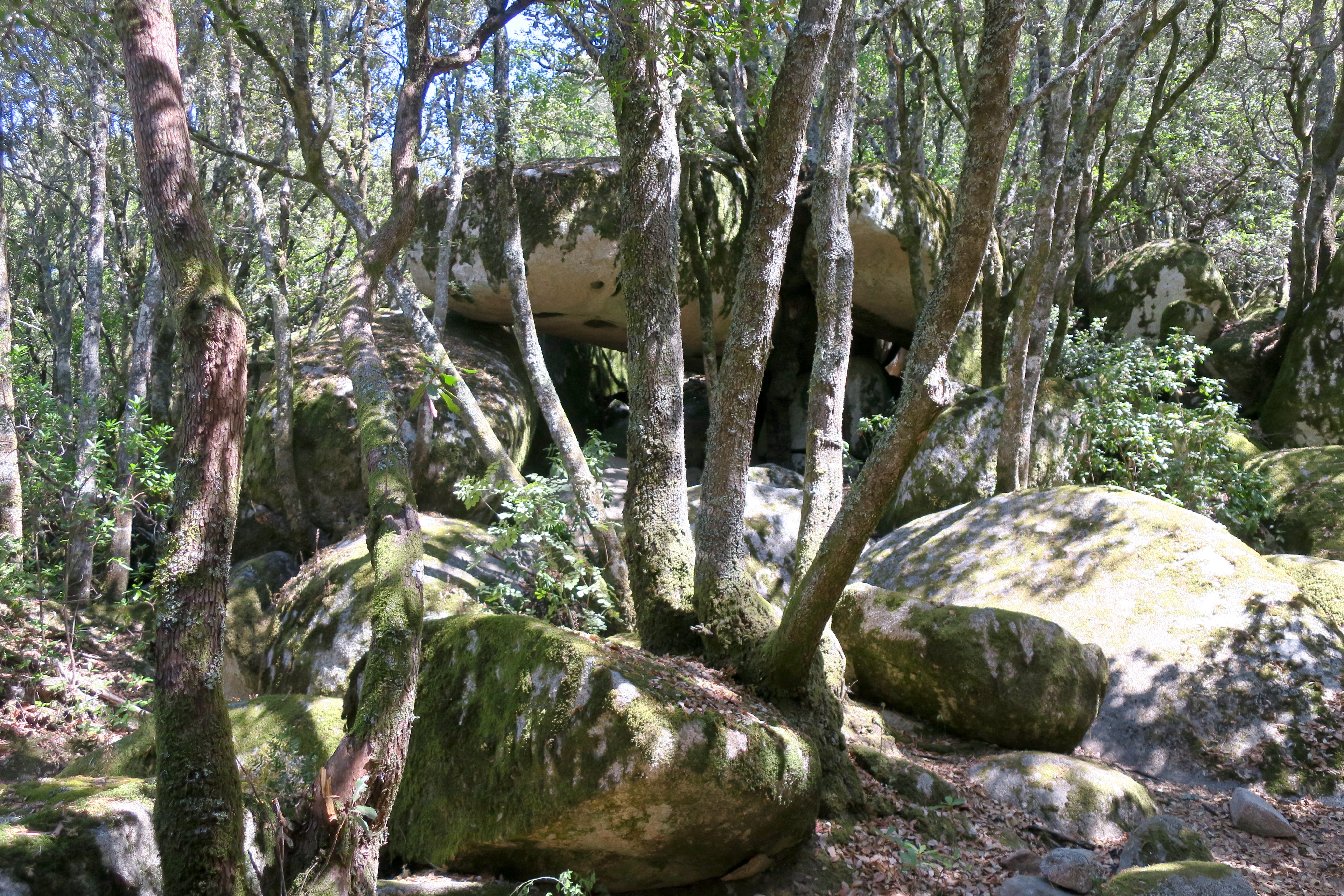

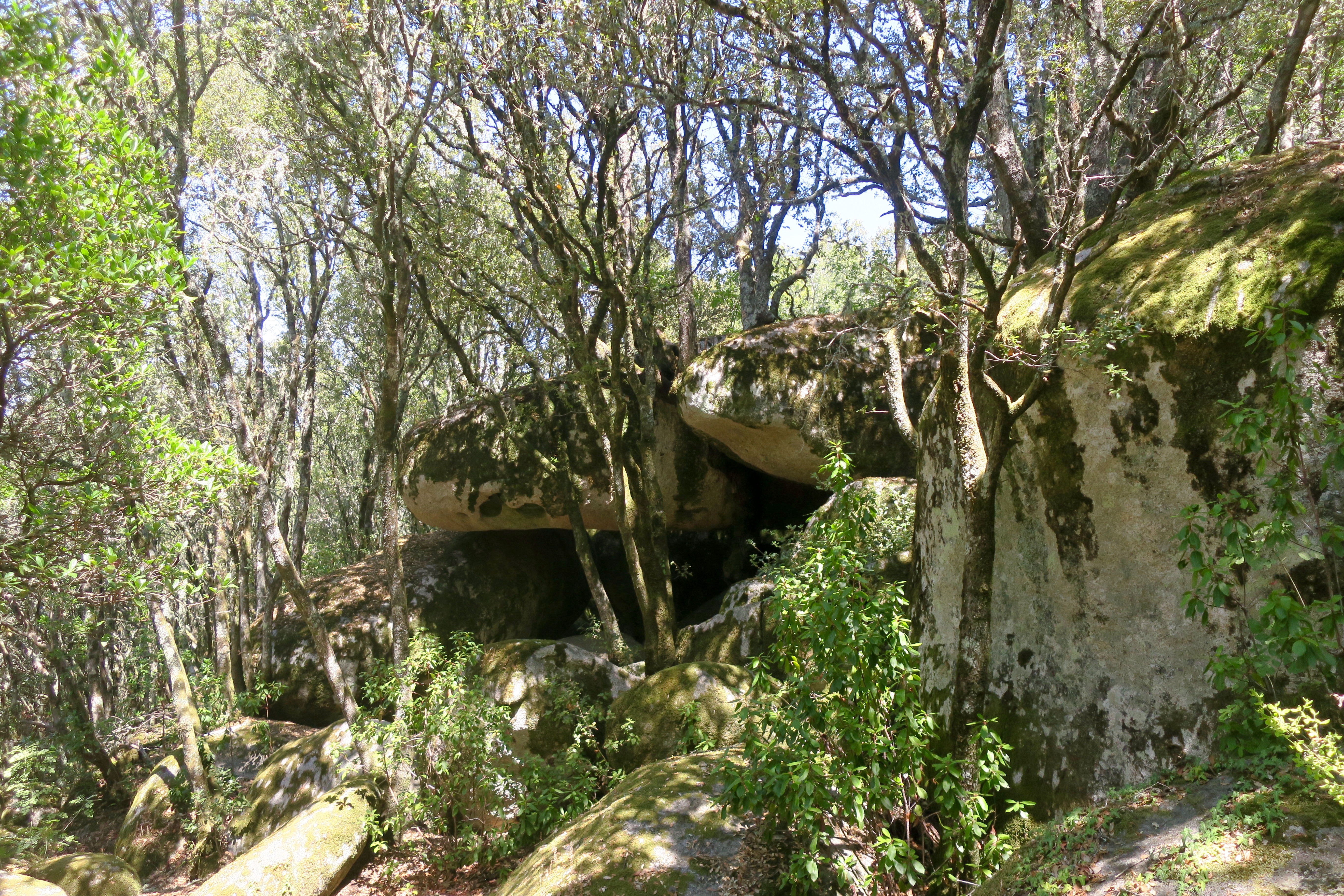

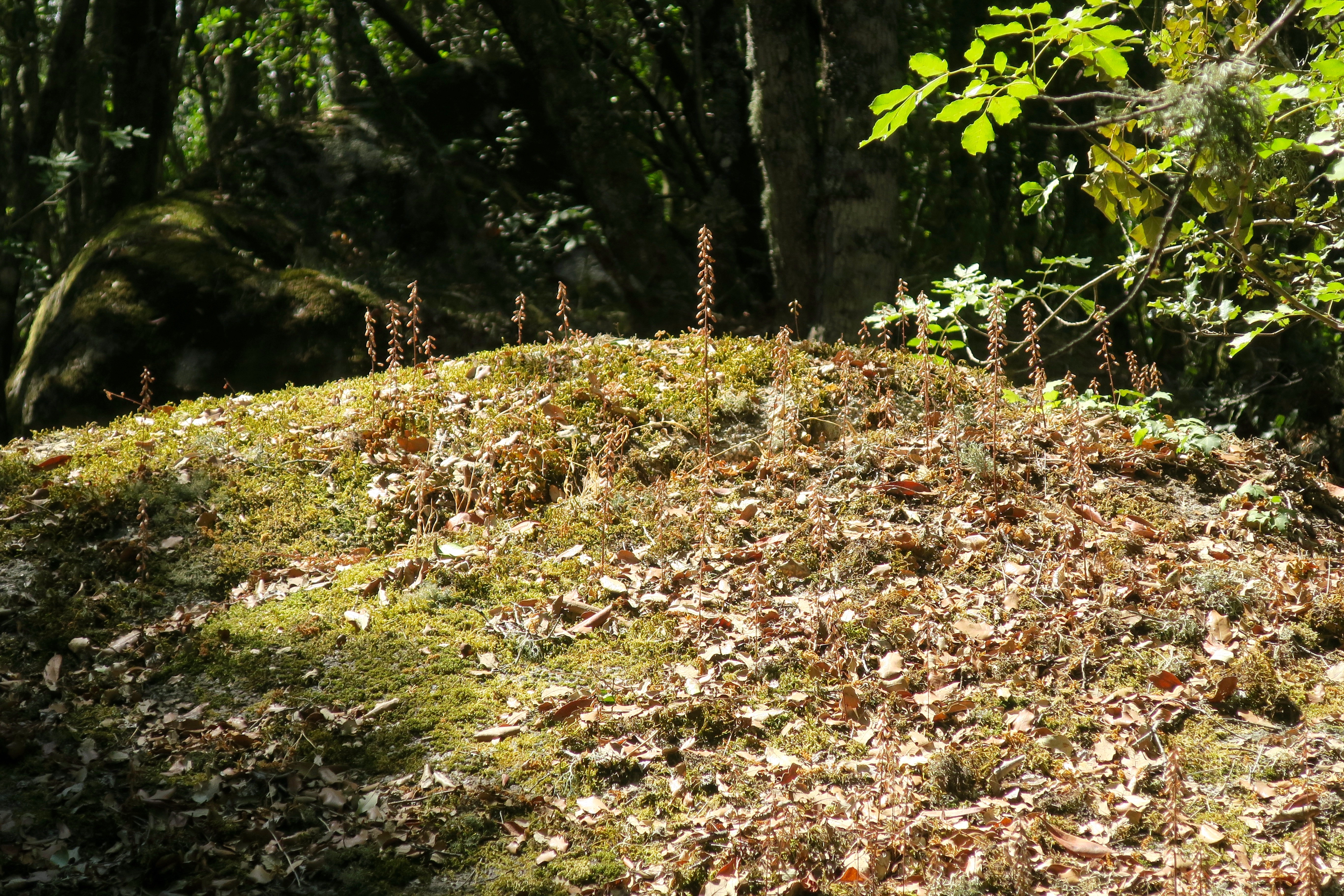
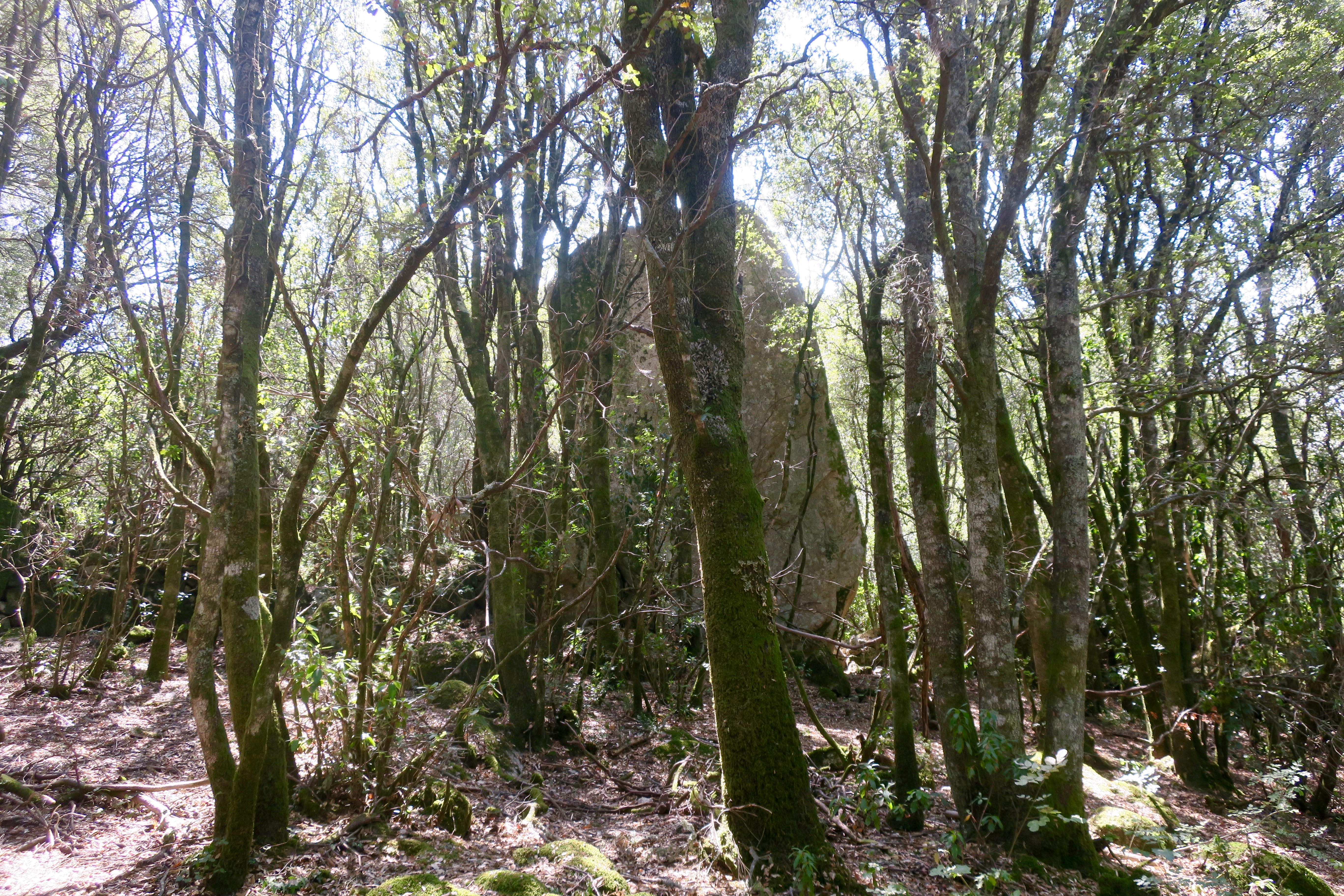
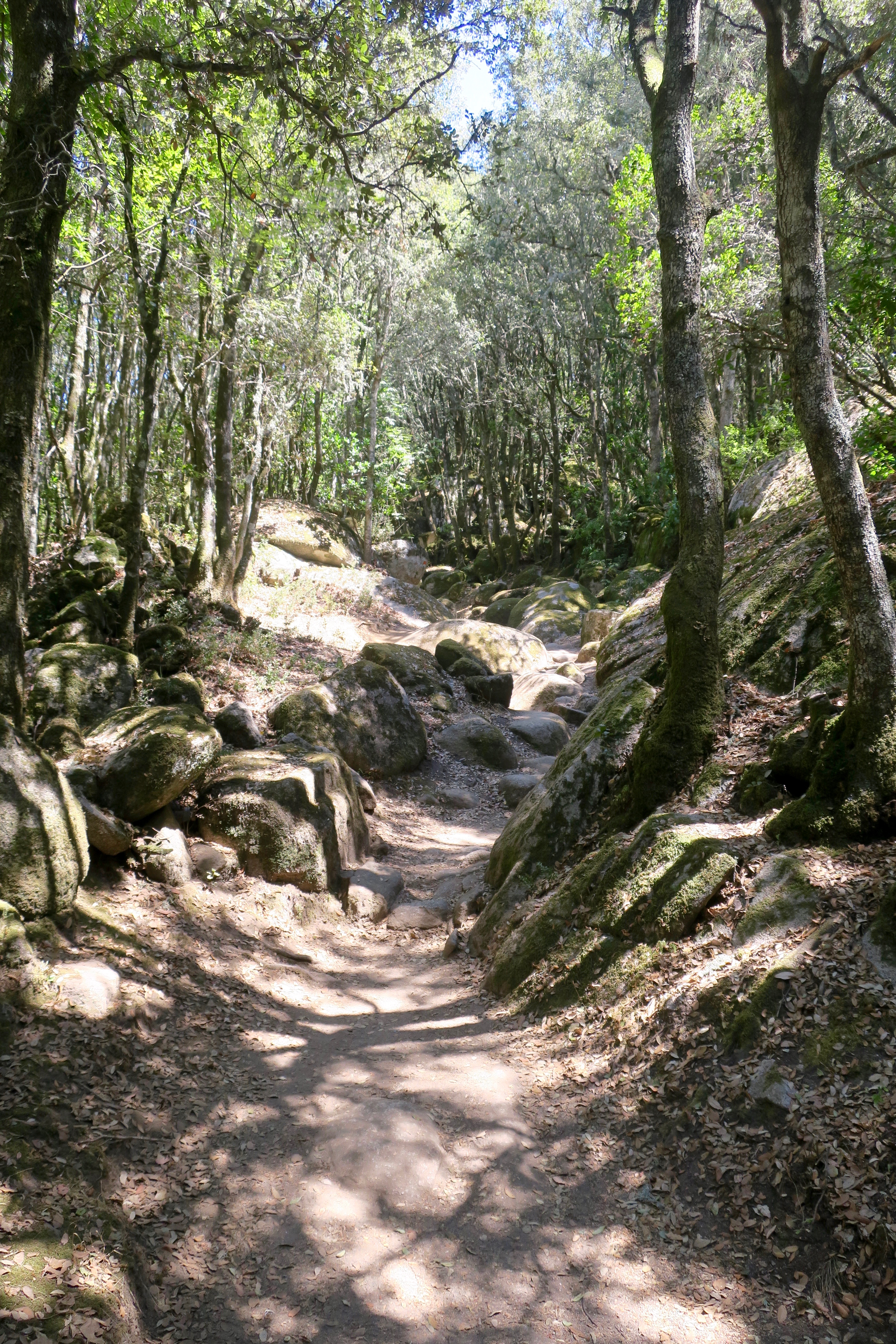

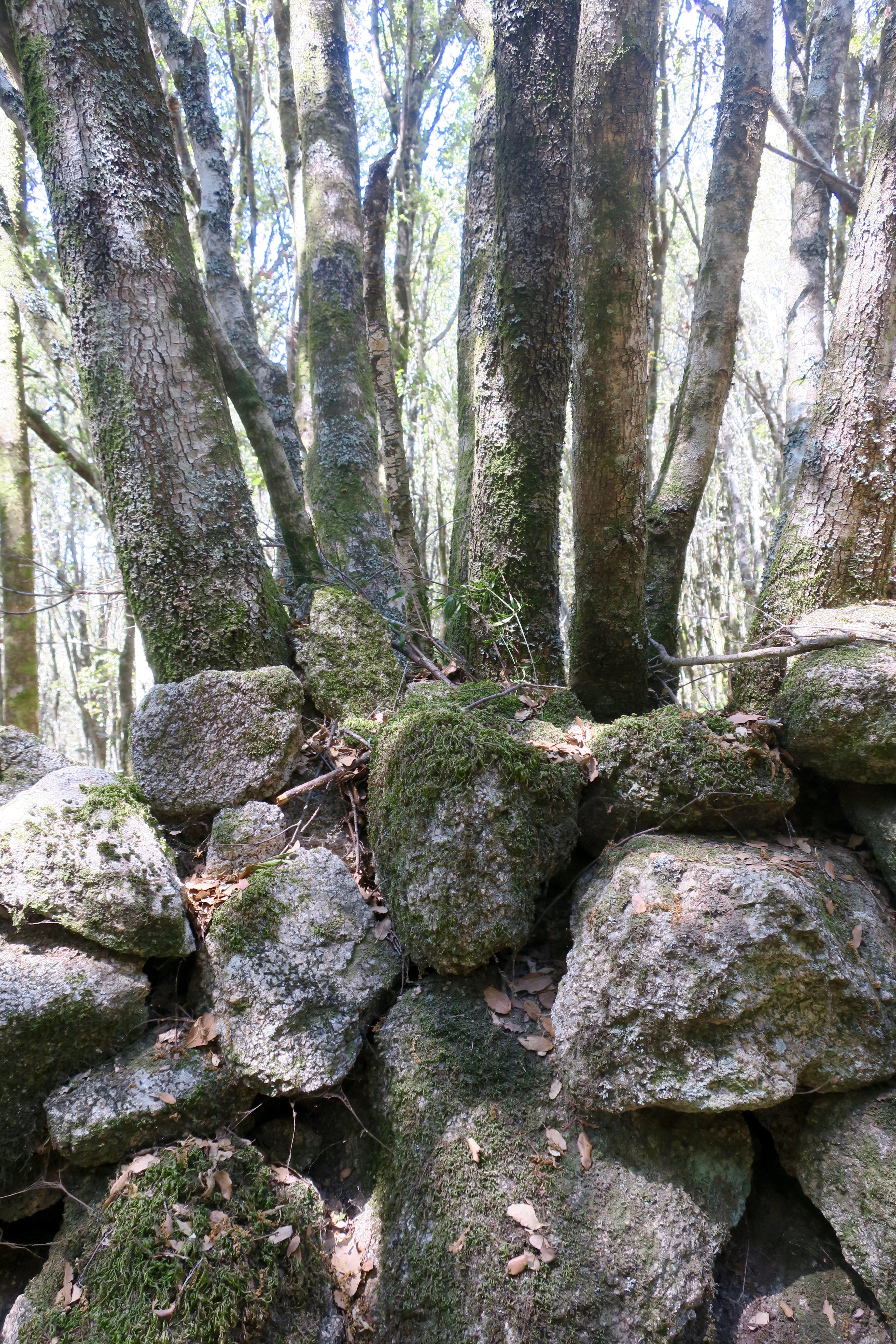
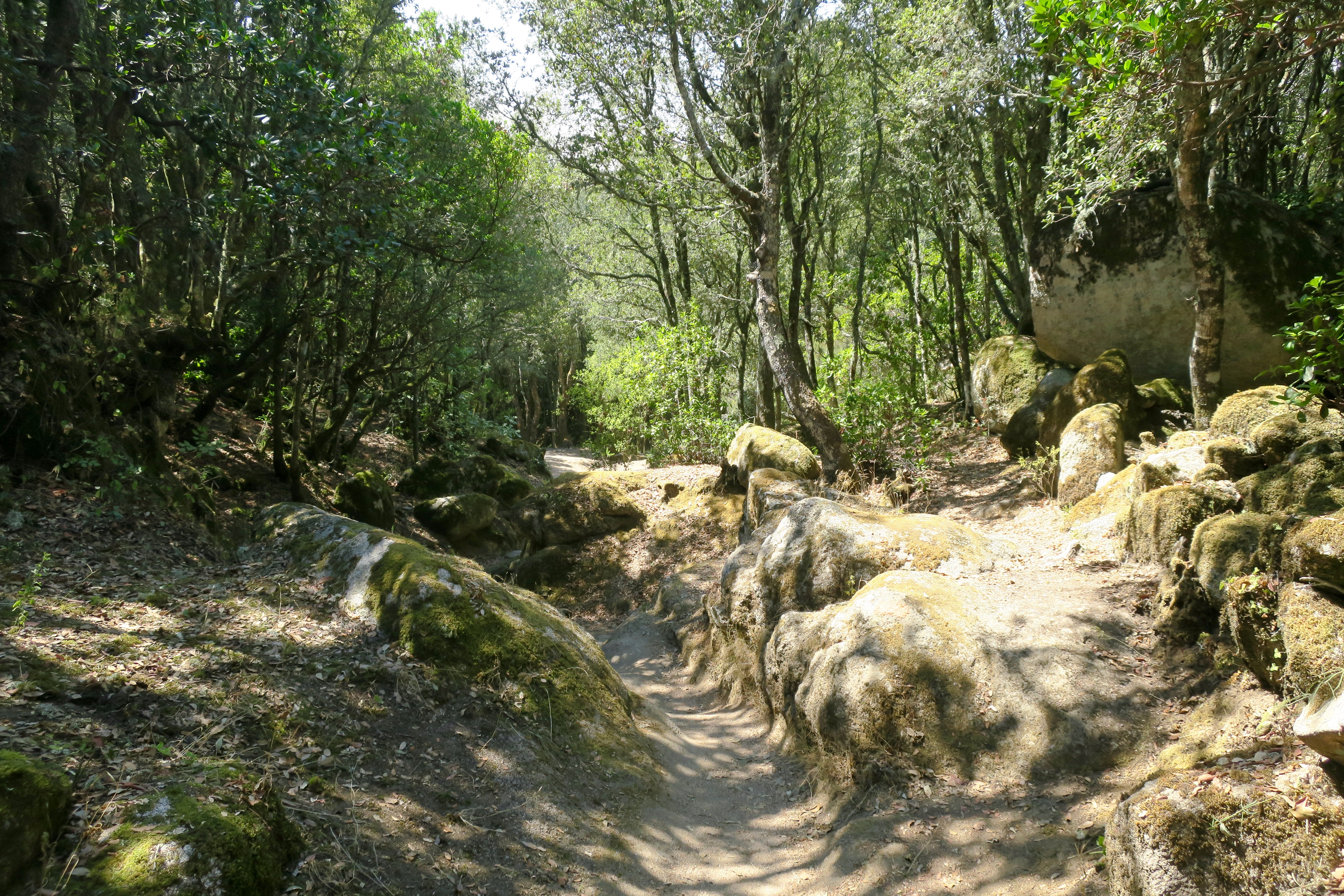
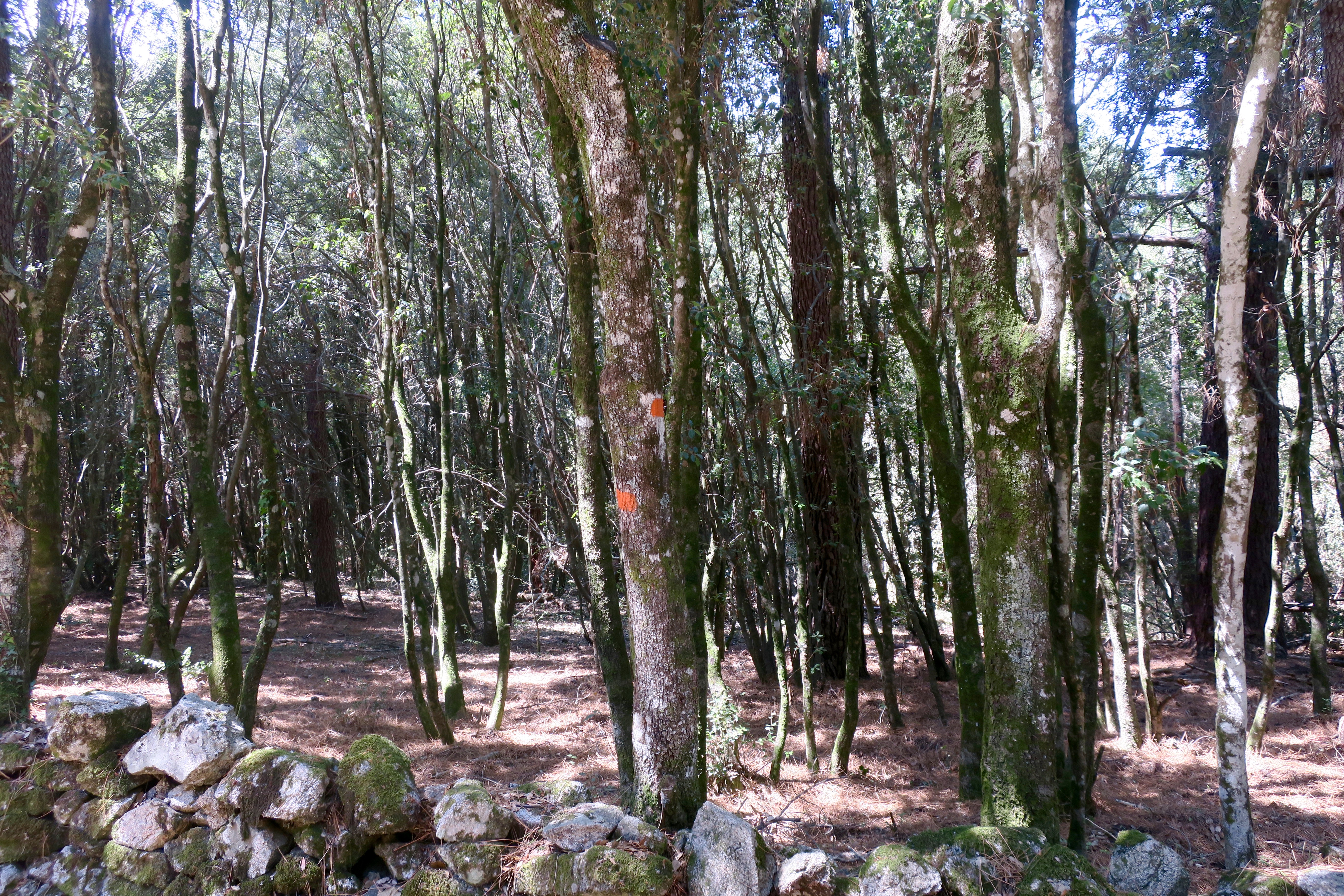
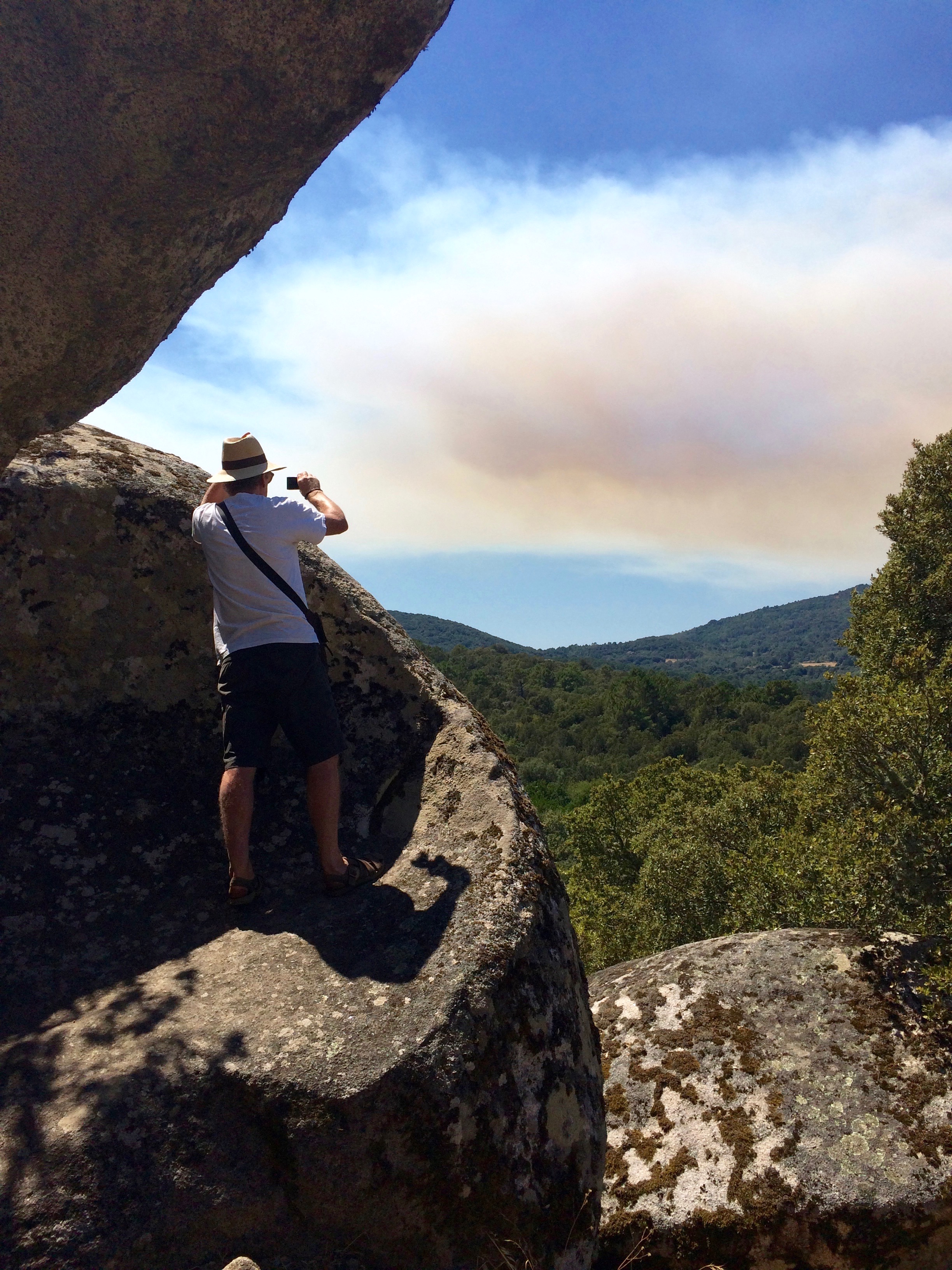

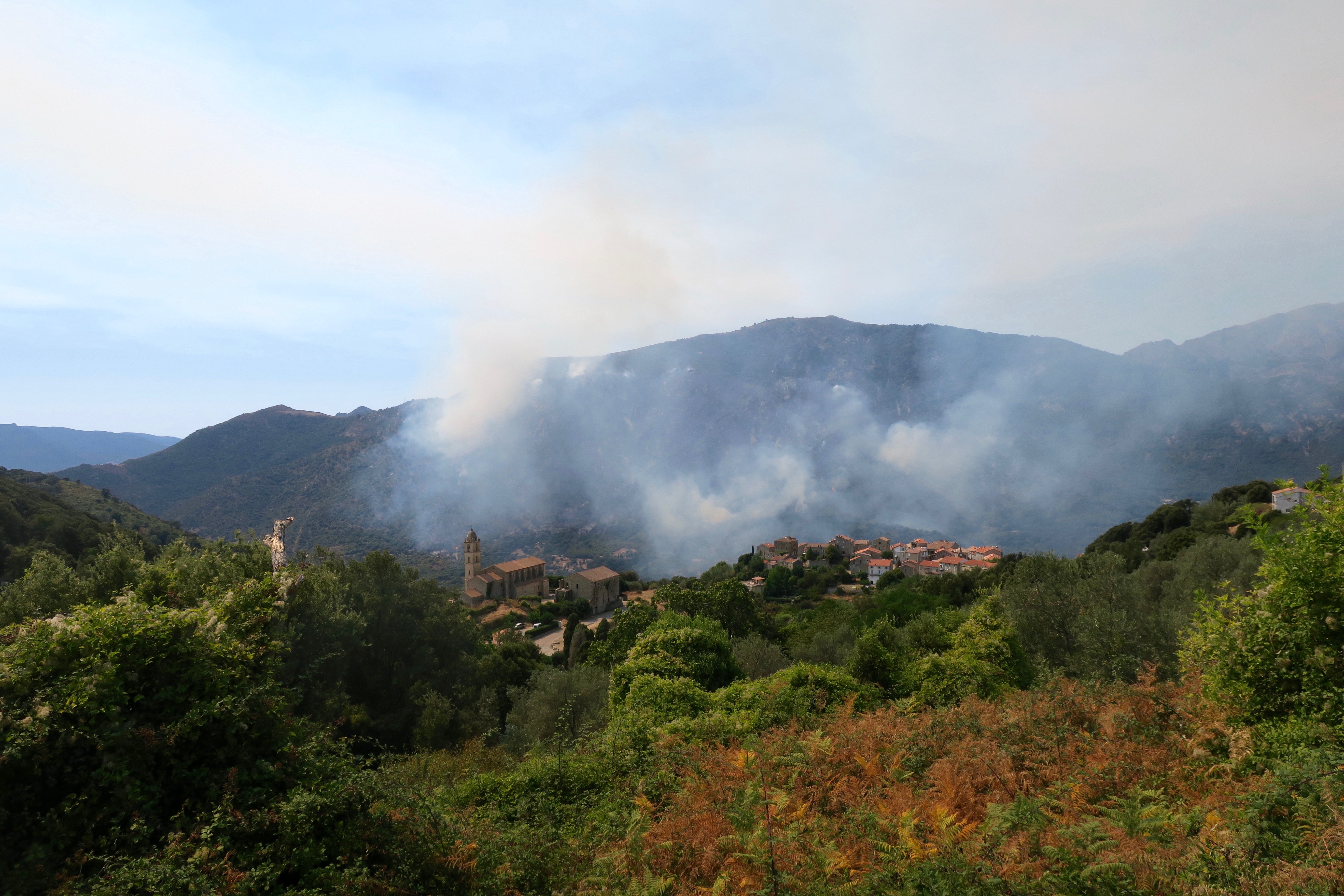
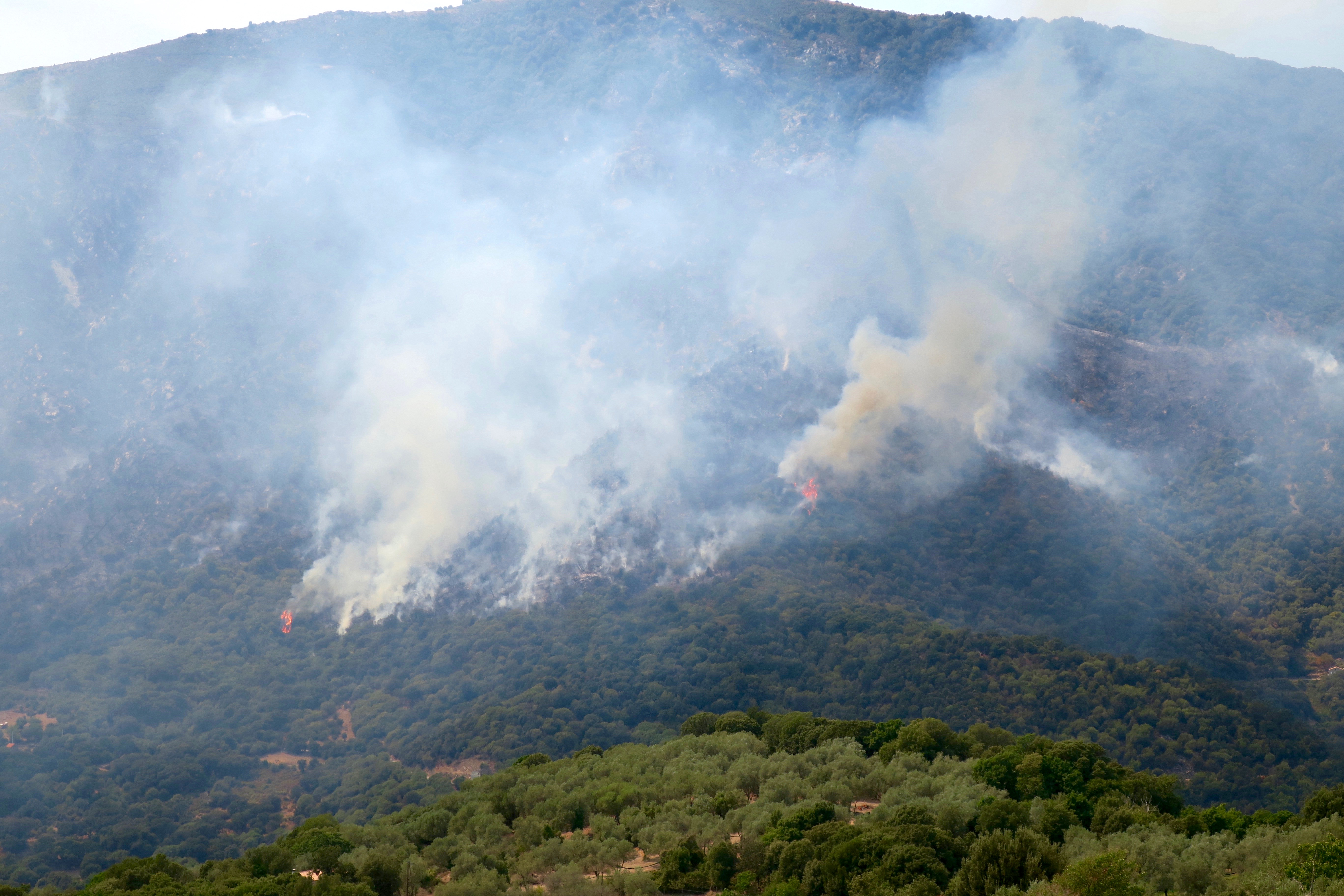
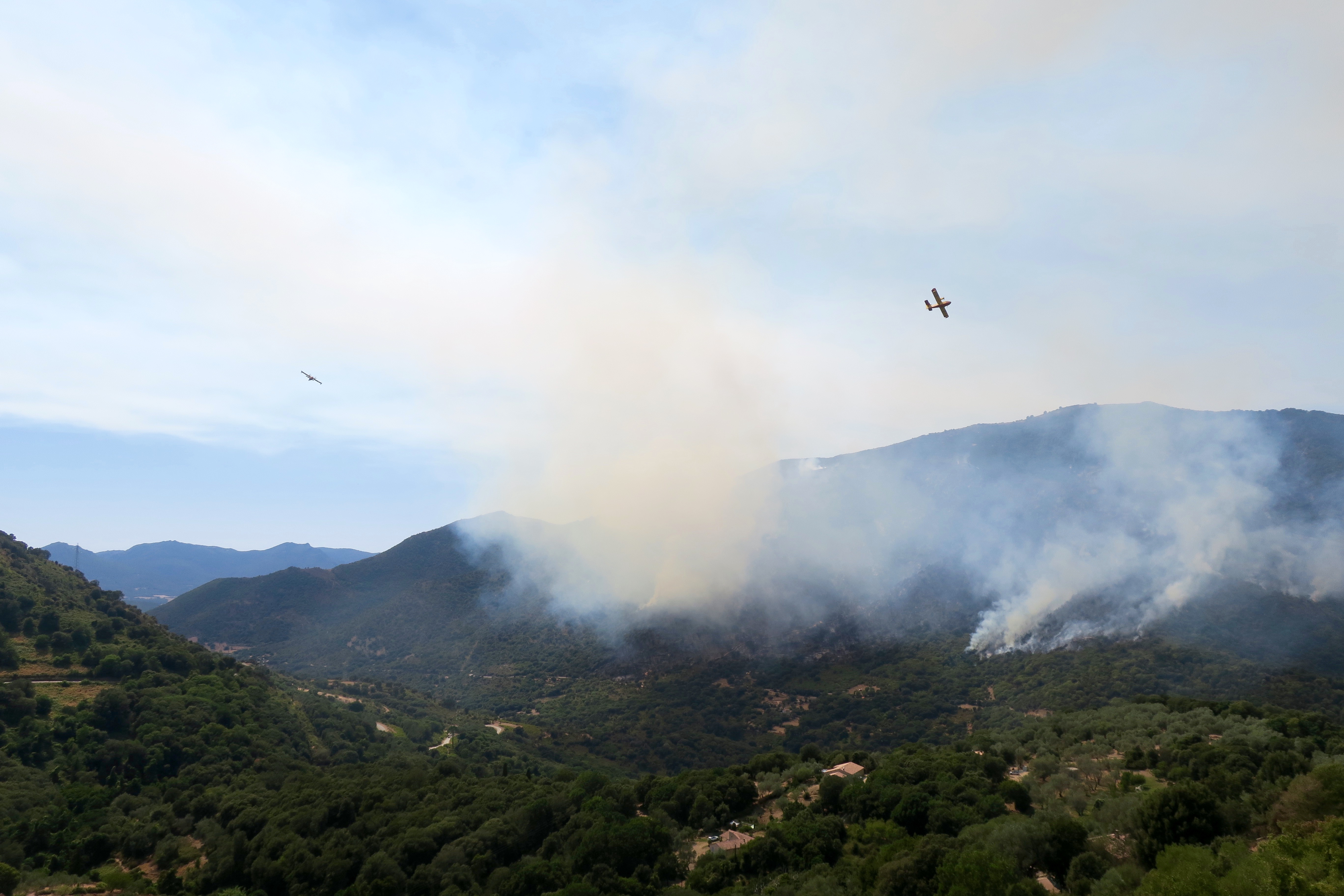
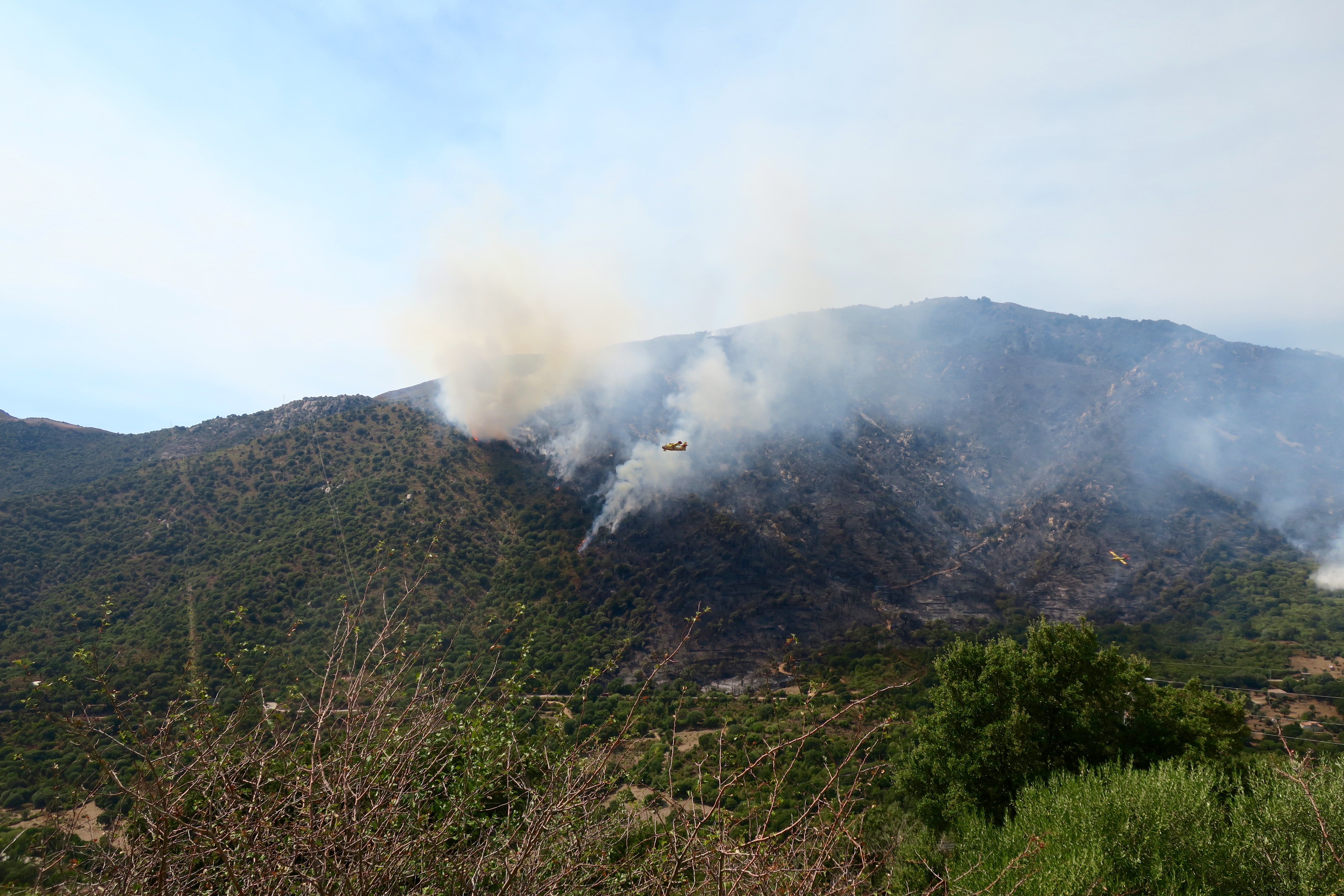
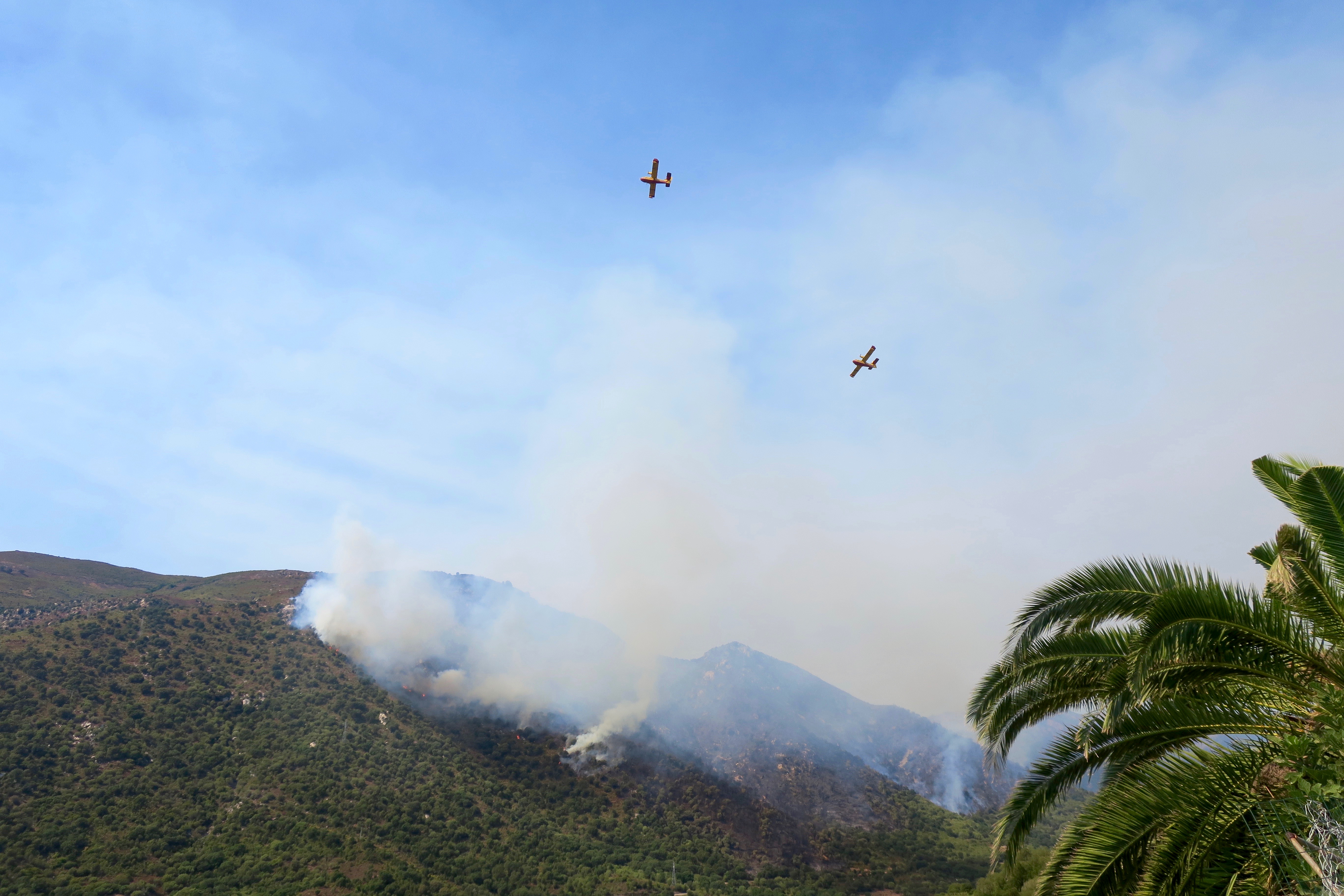
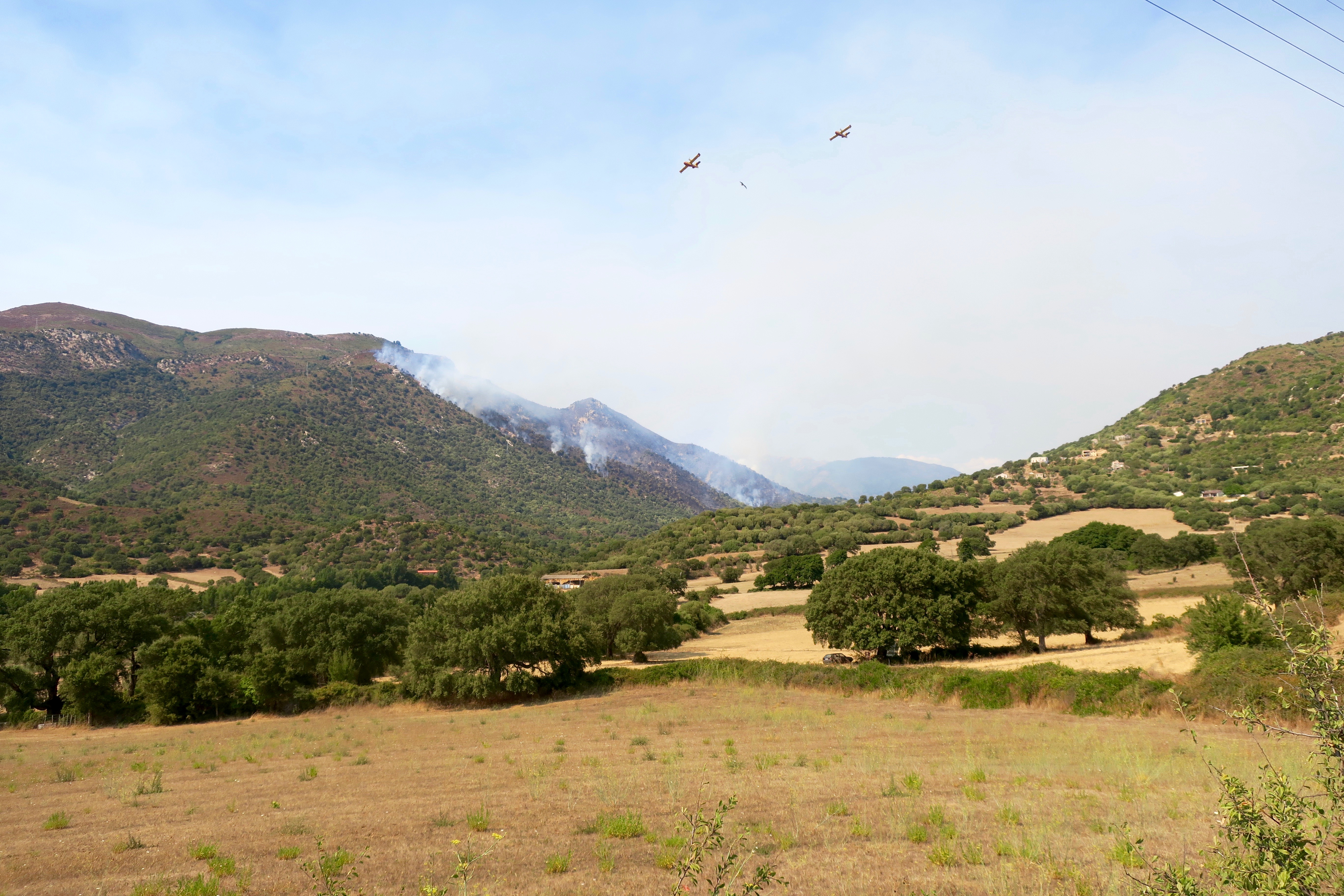

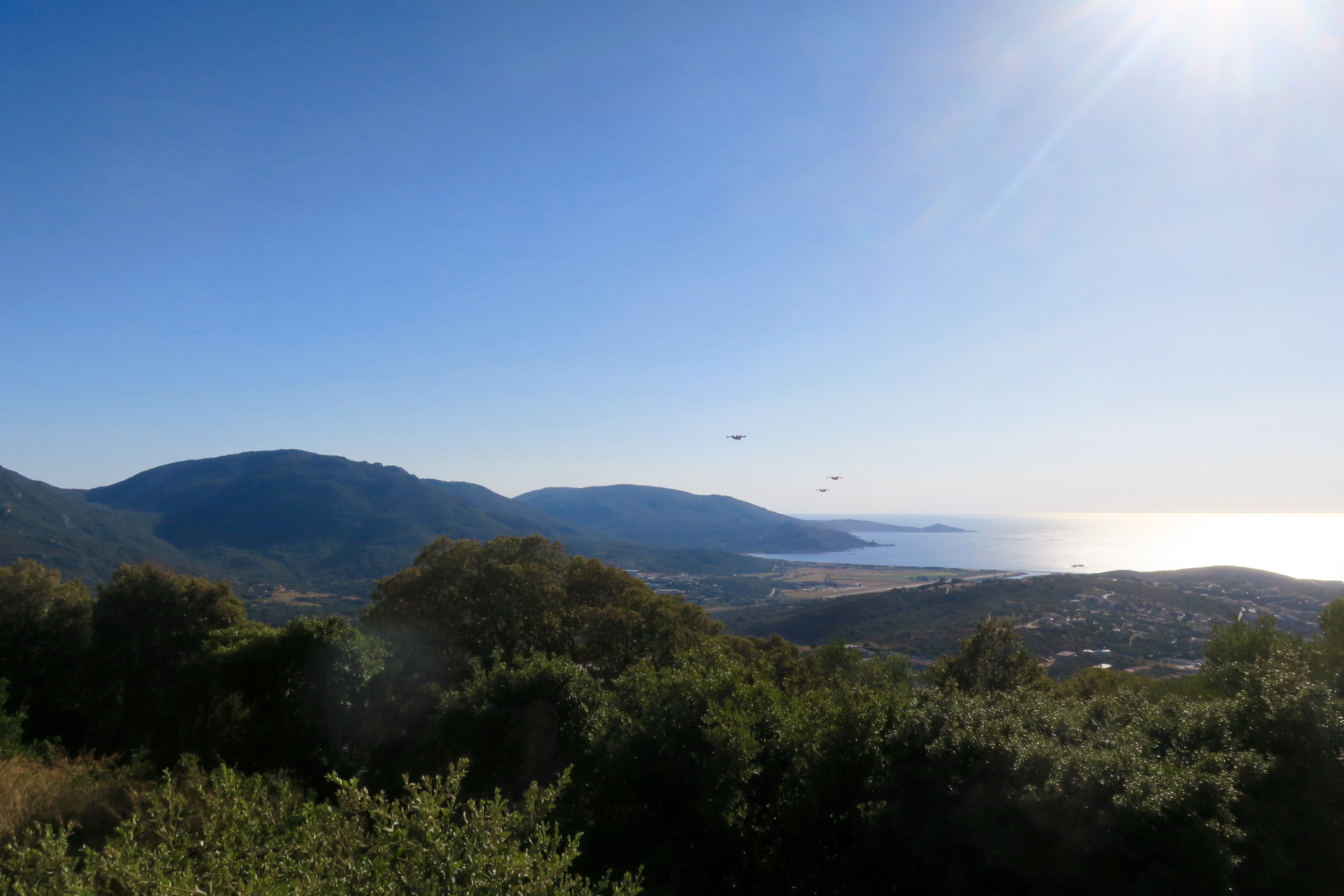
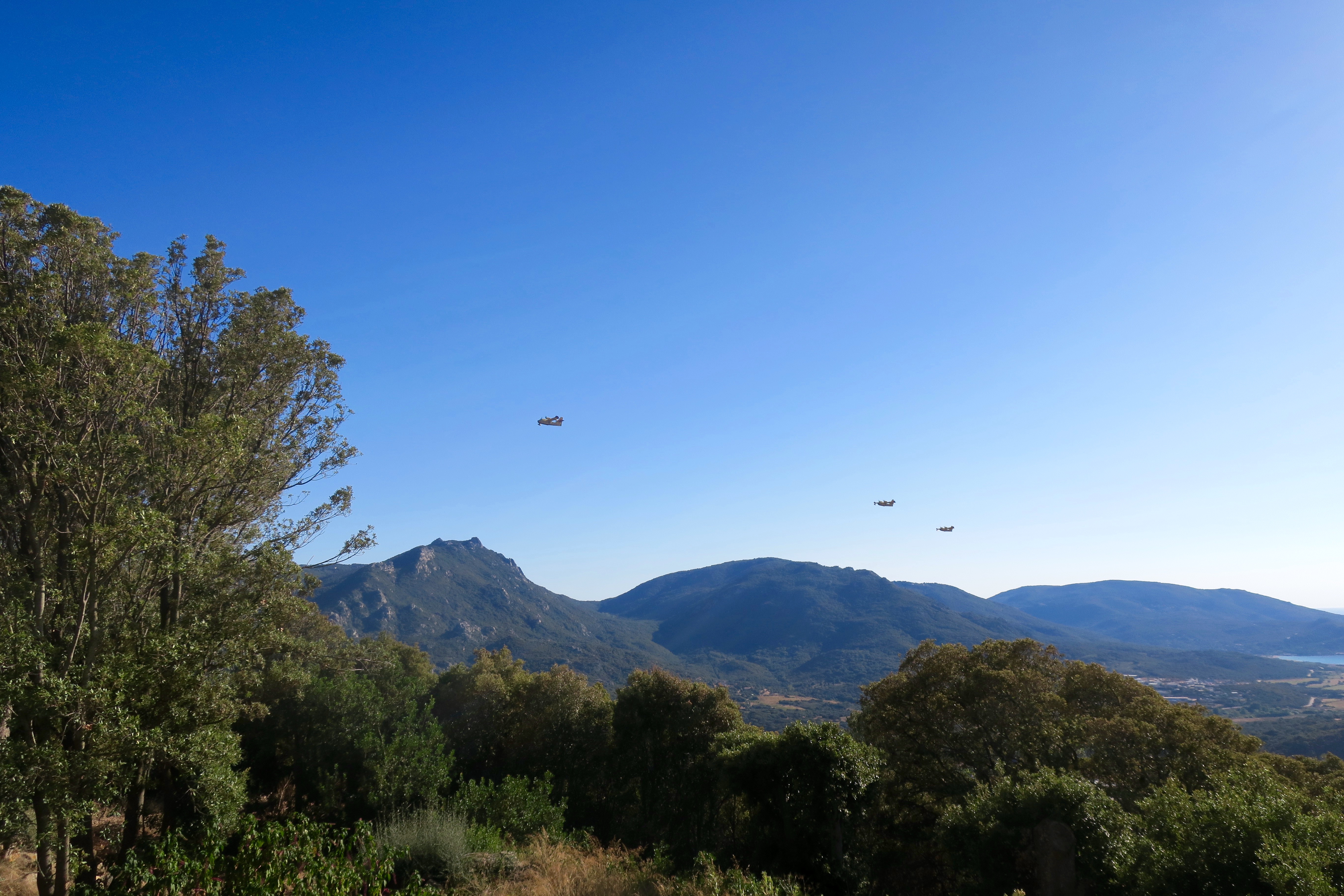


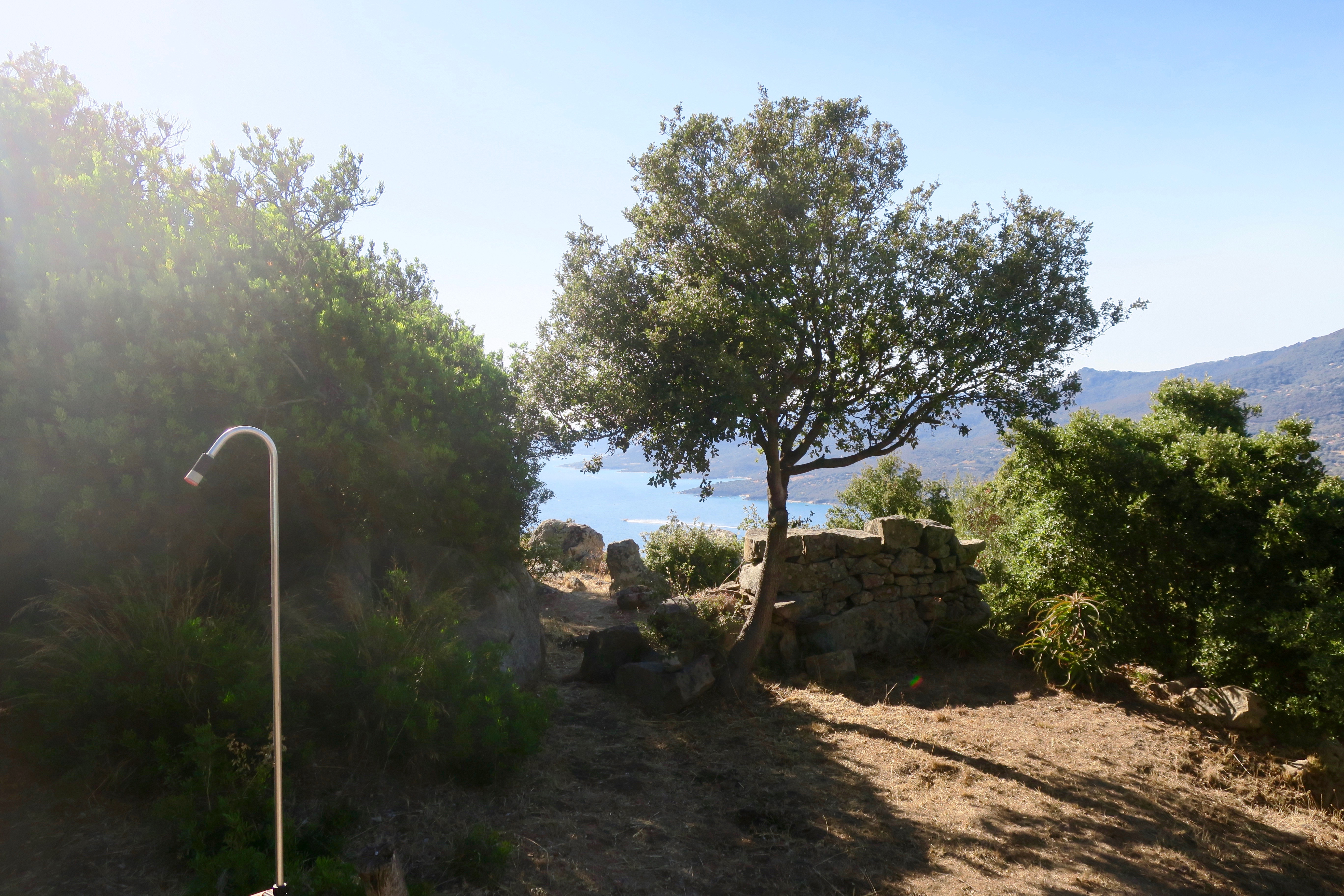




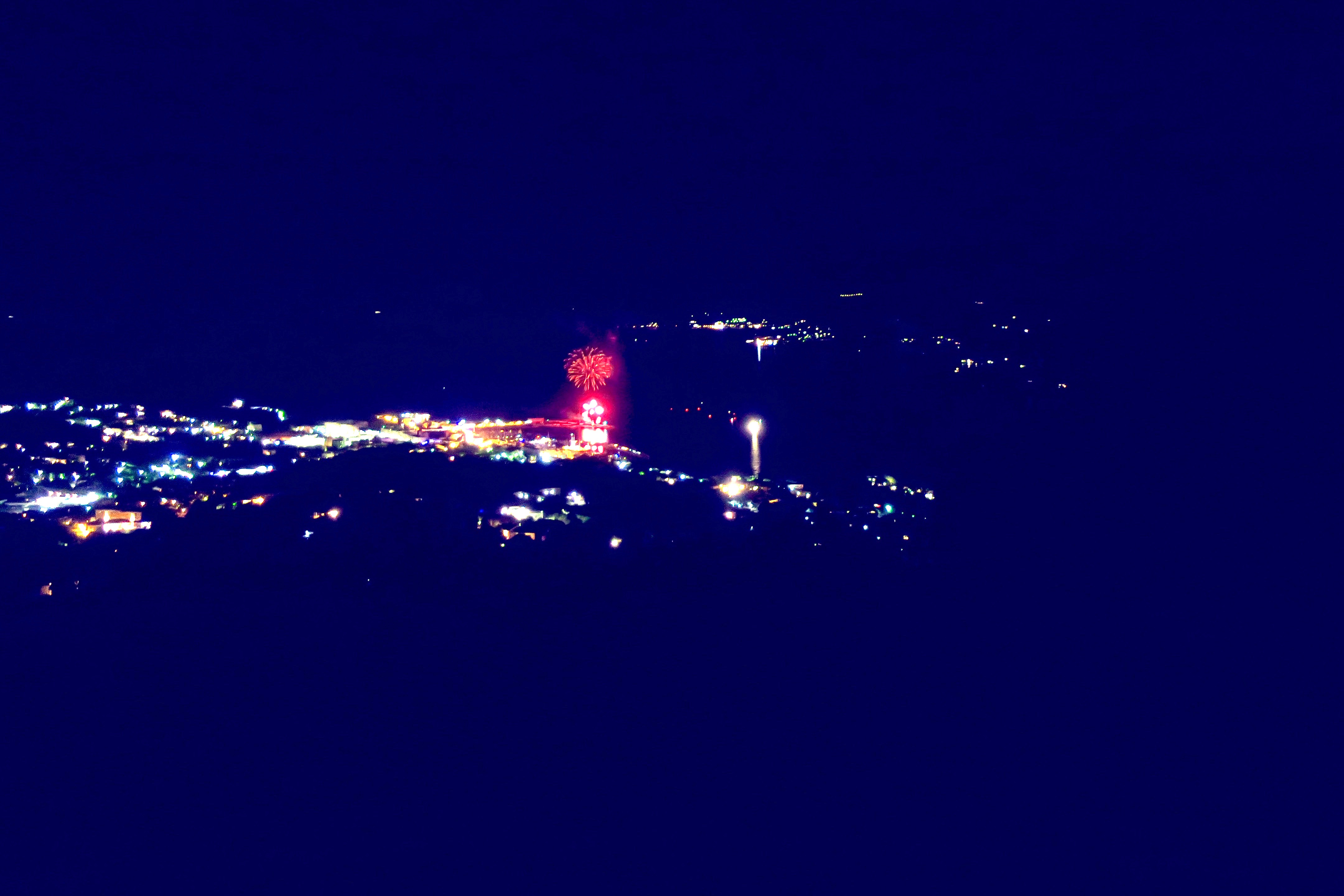


Cucuruzzu and Capela – FANTASTIC atmospheric pics!